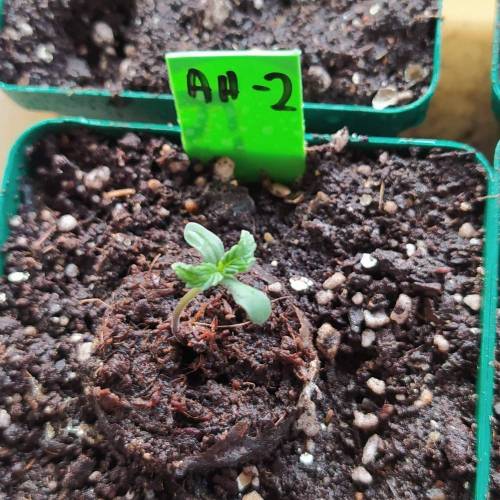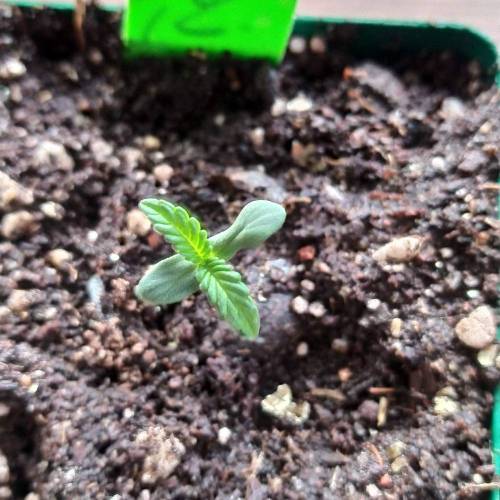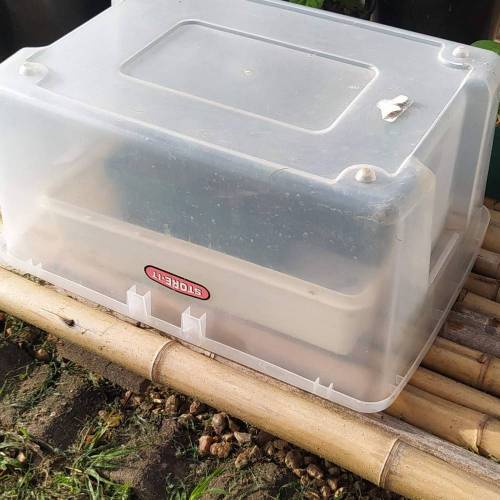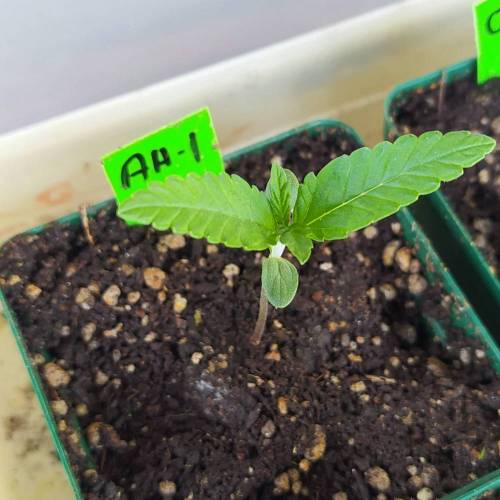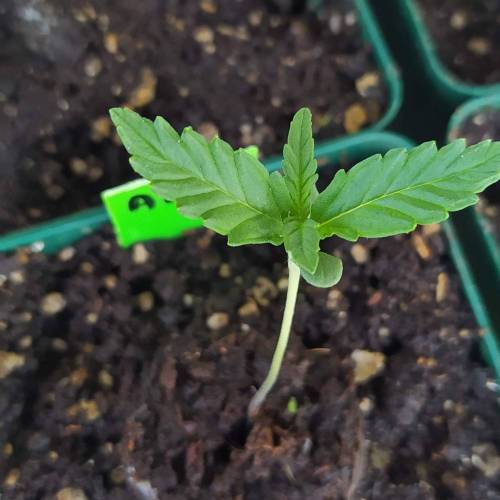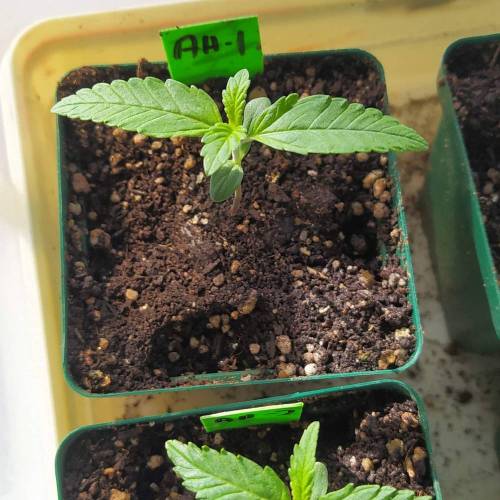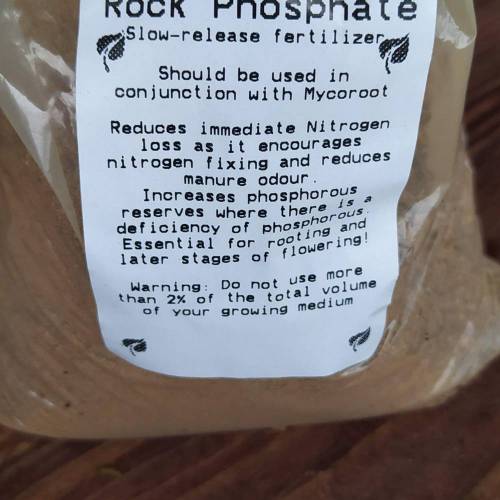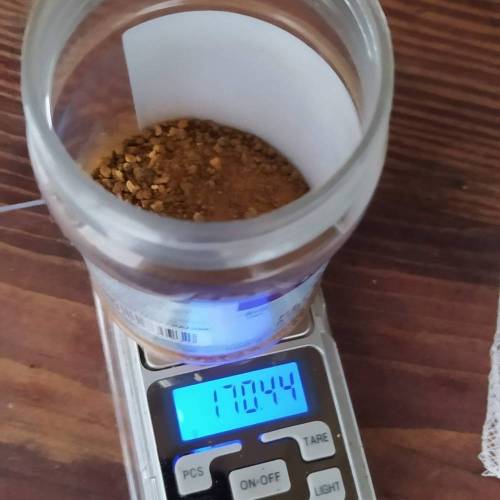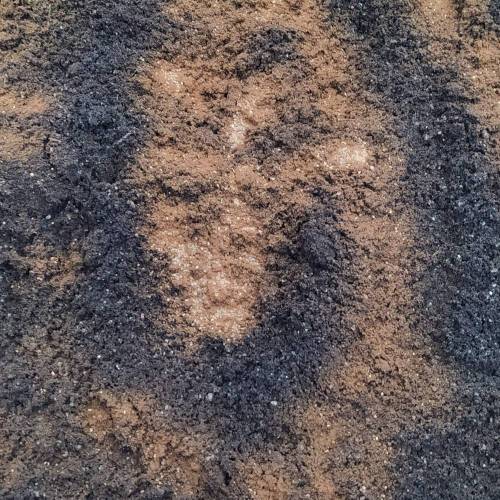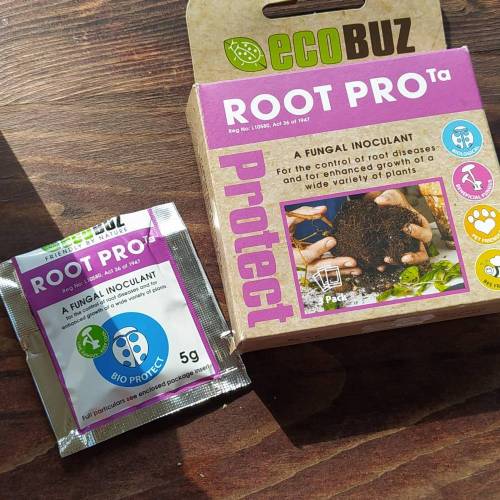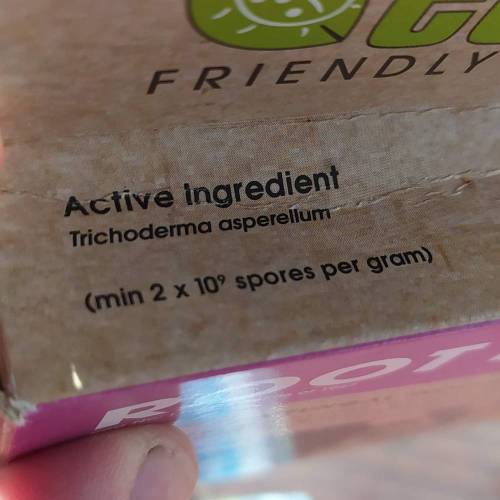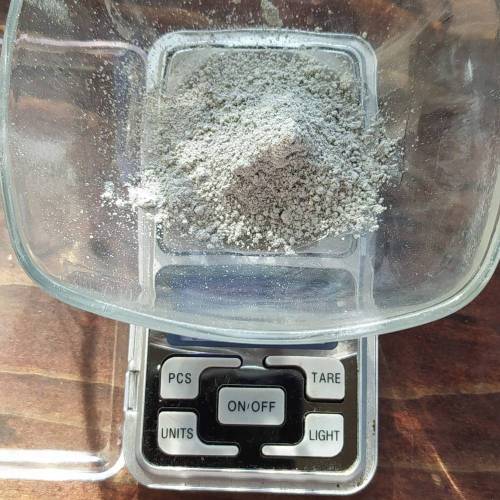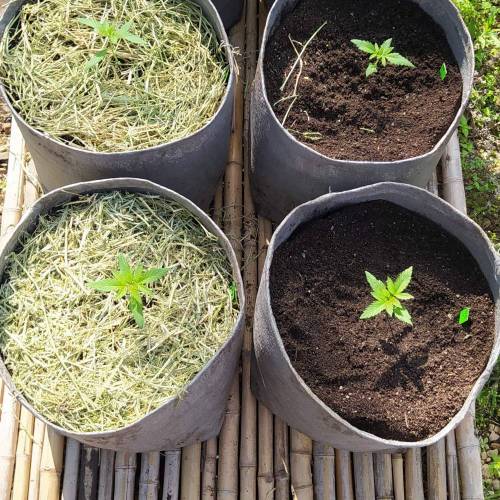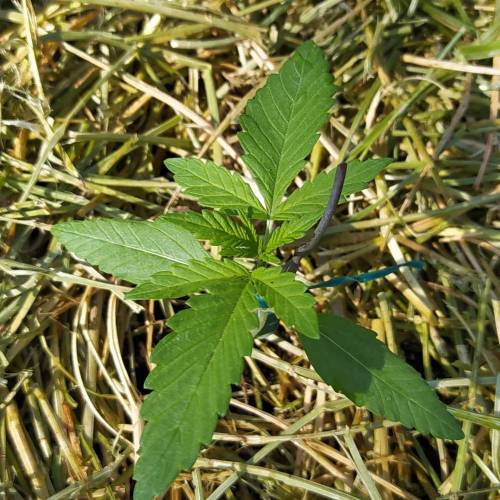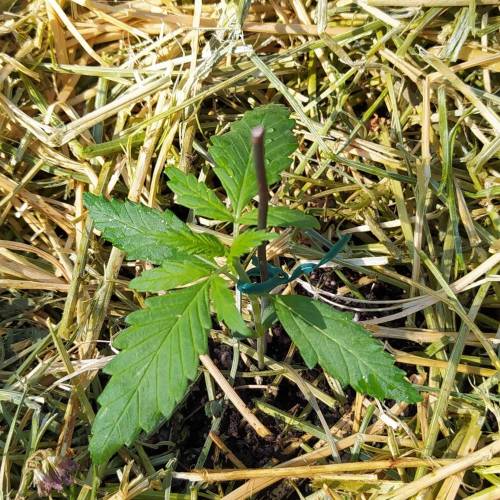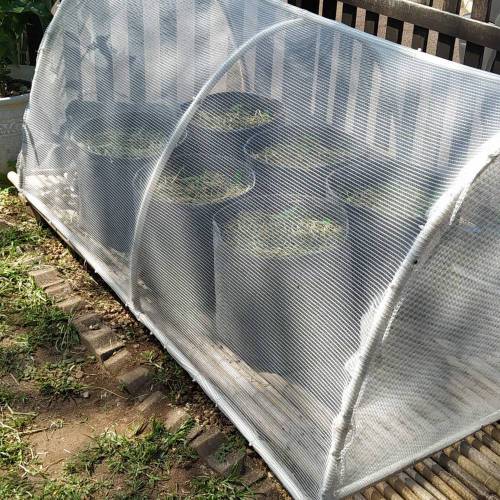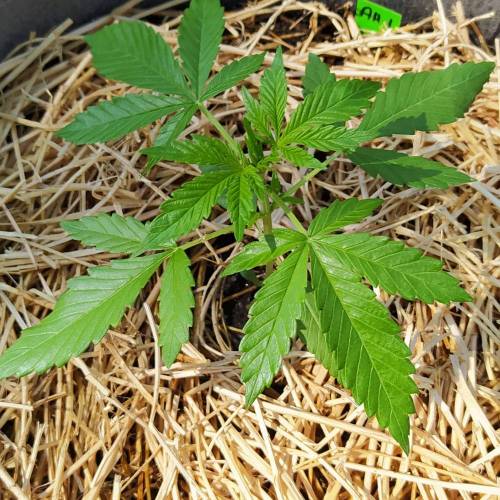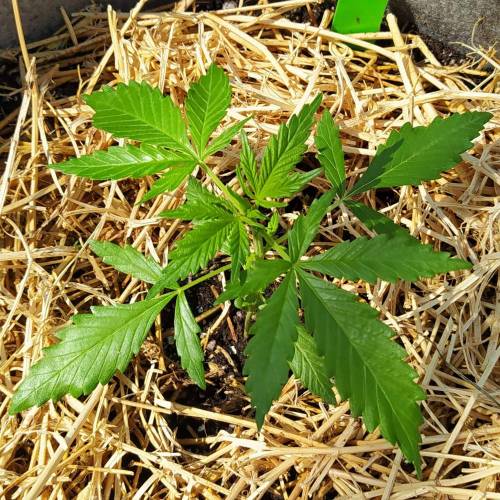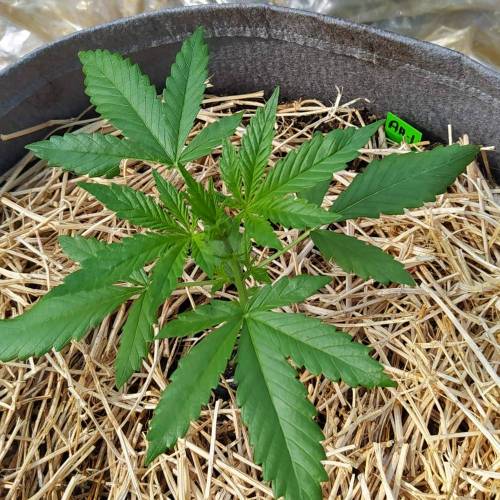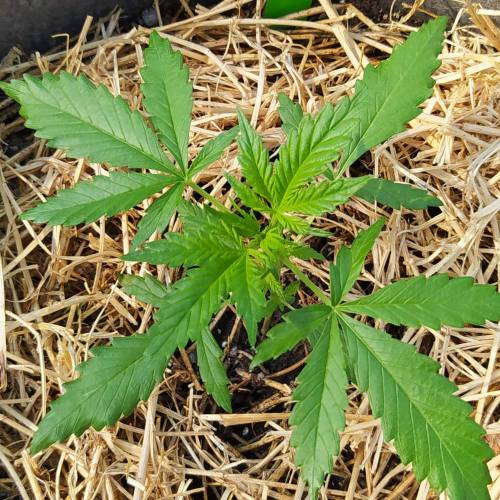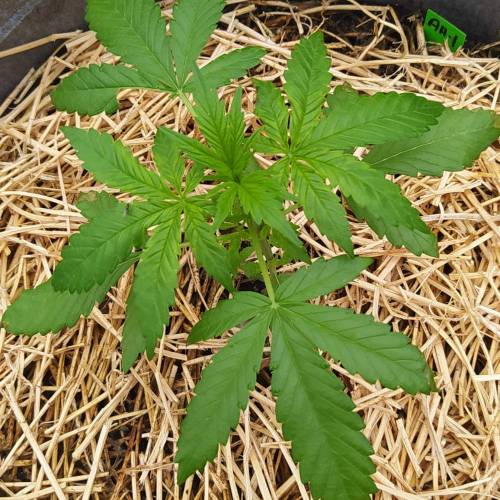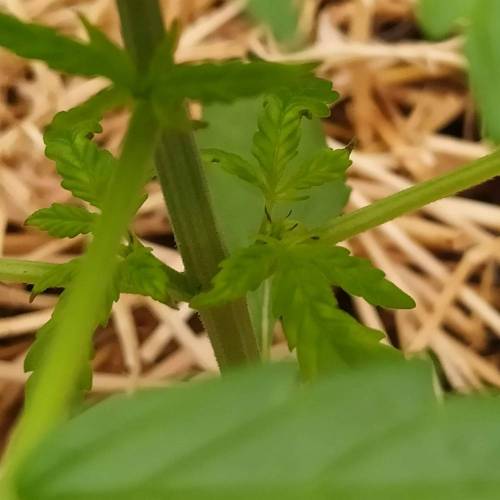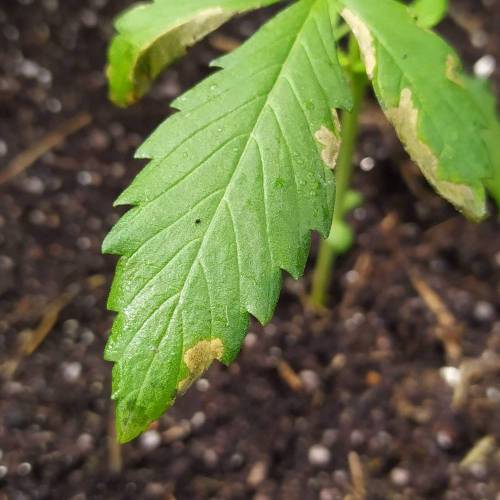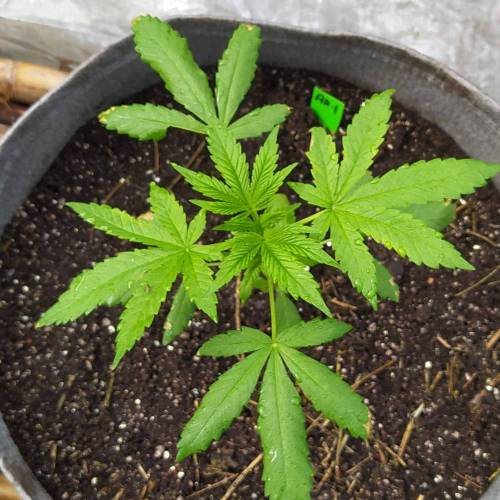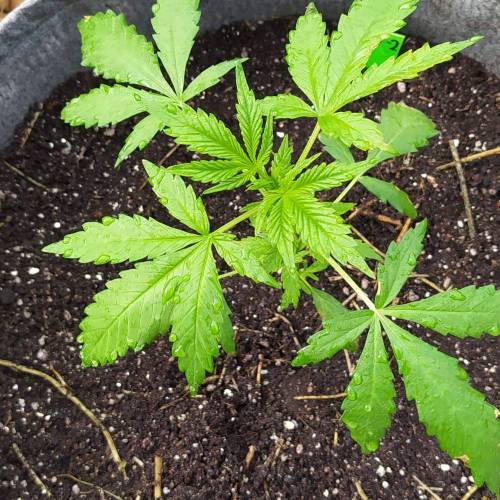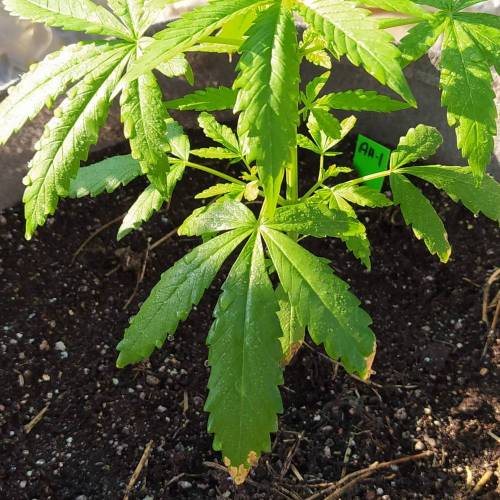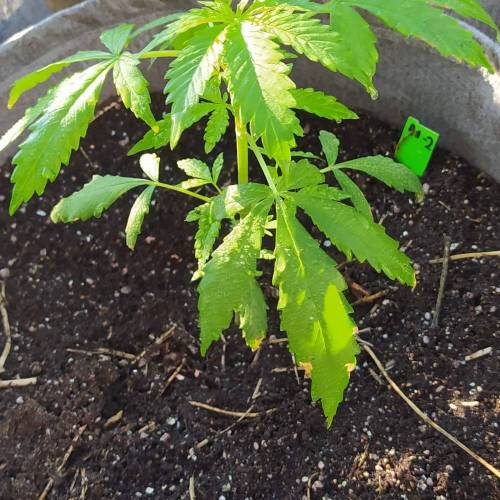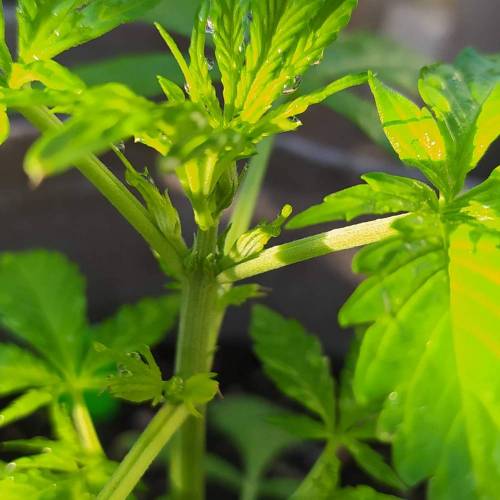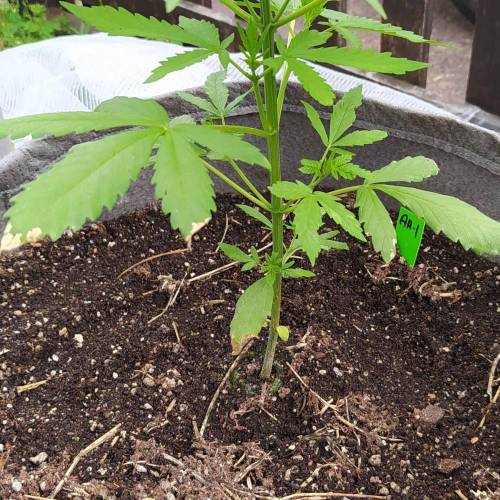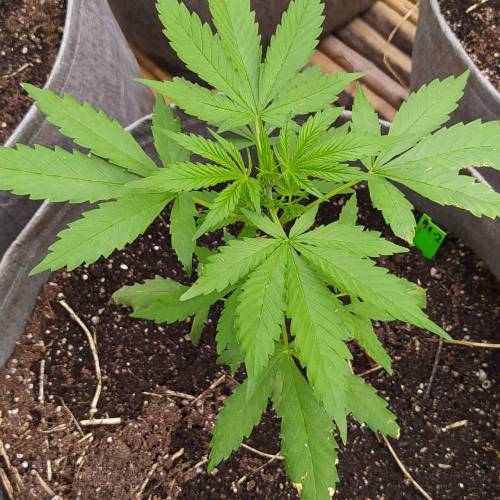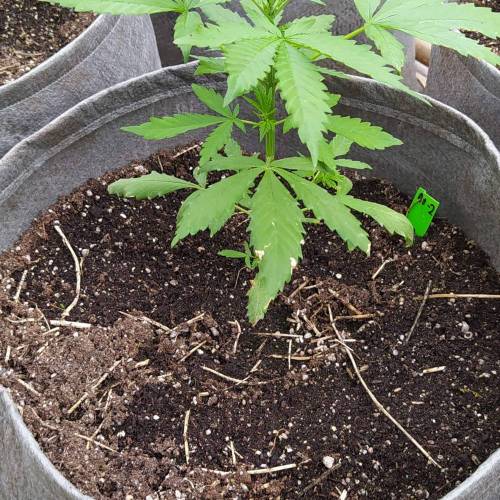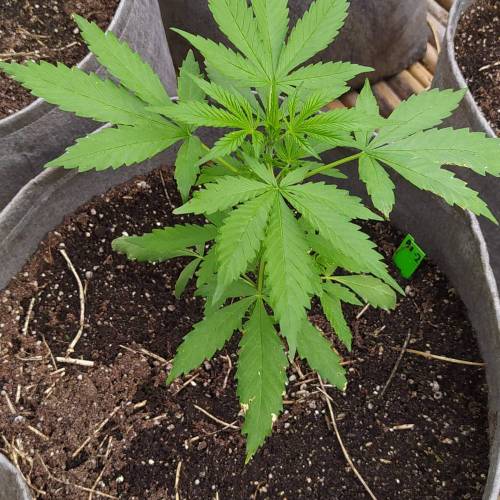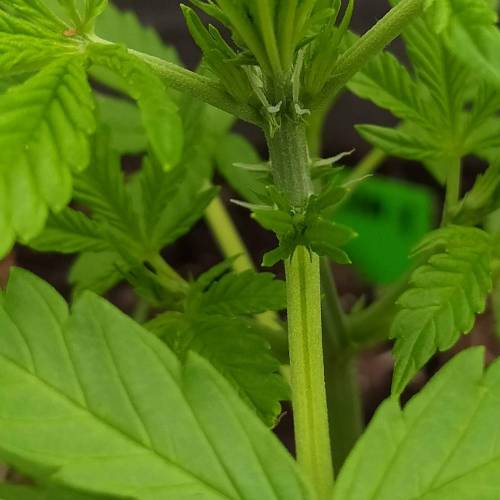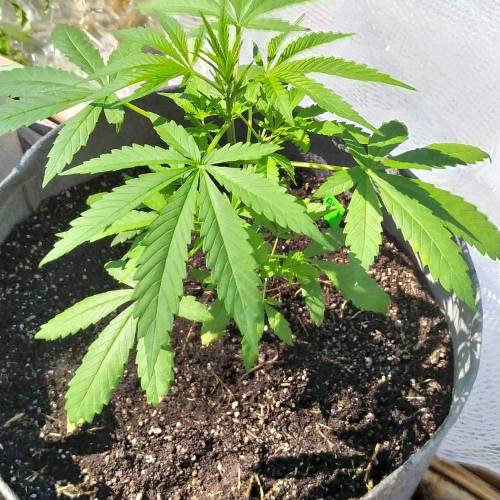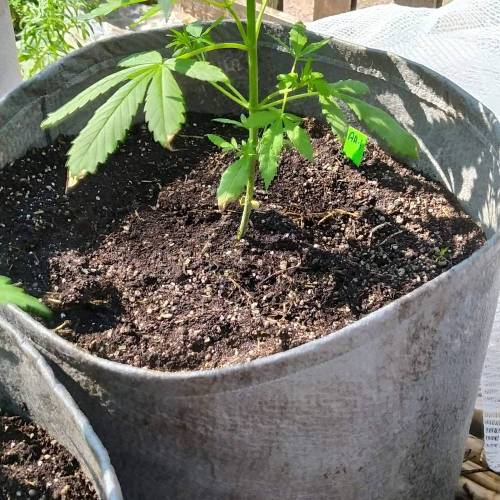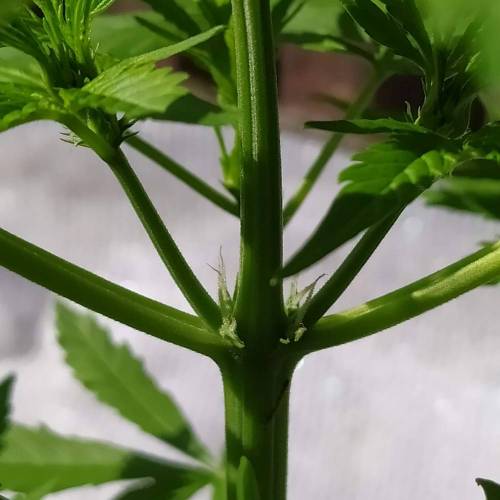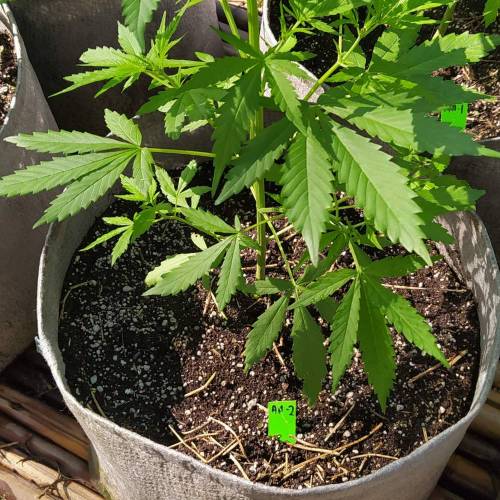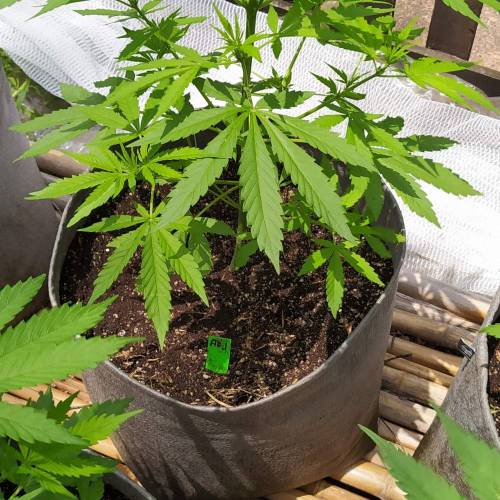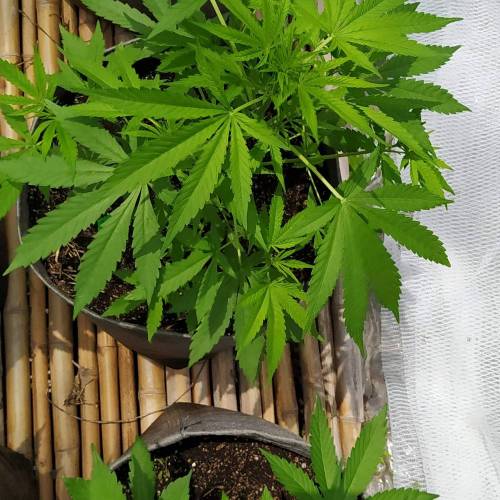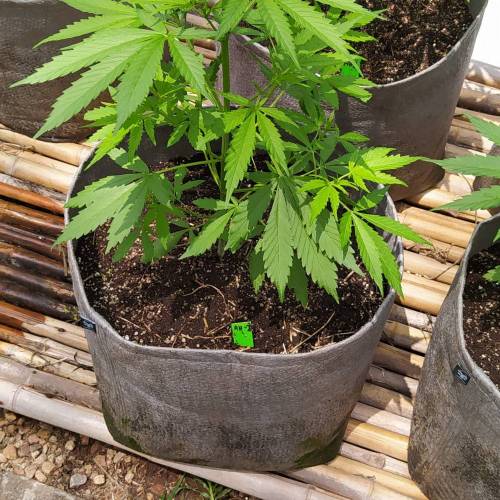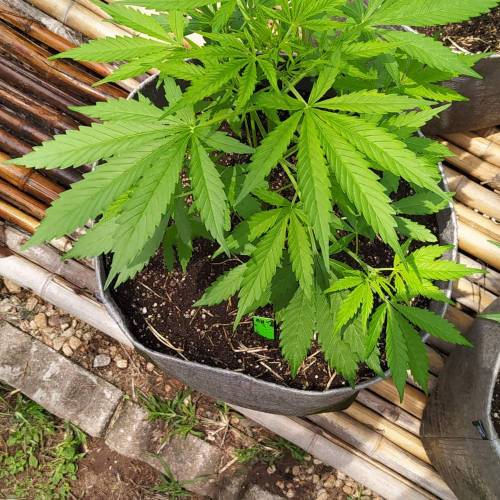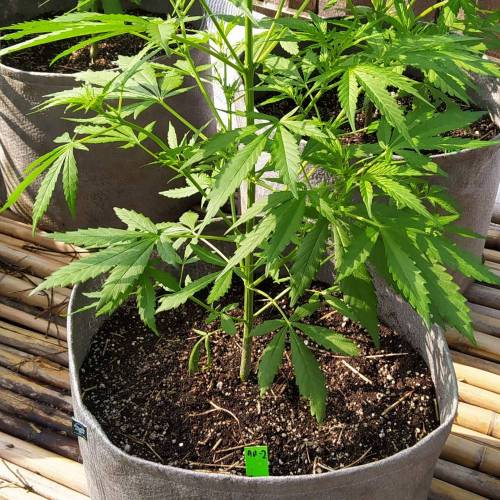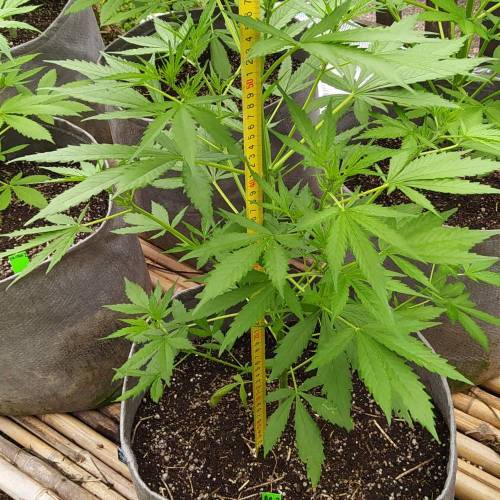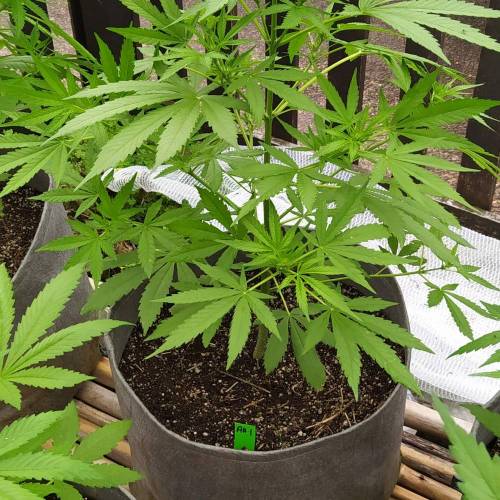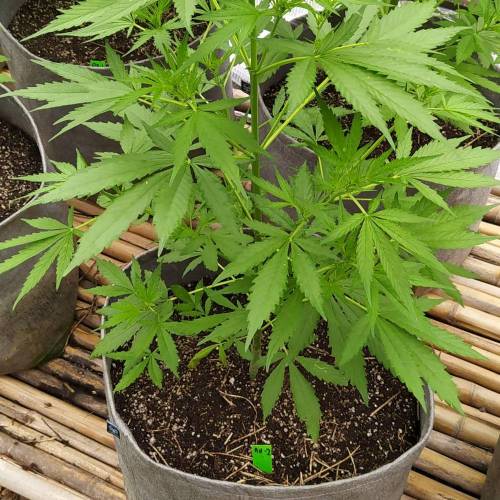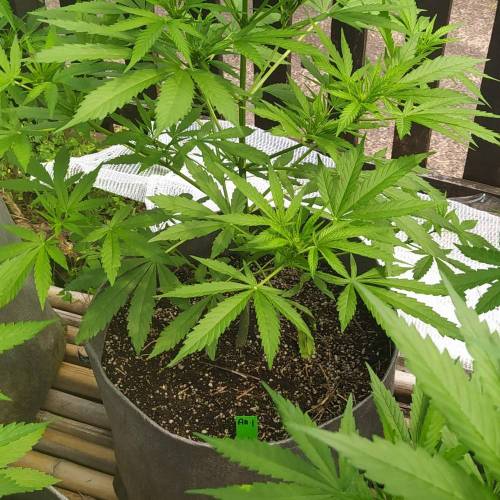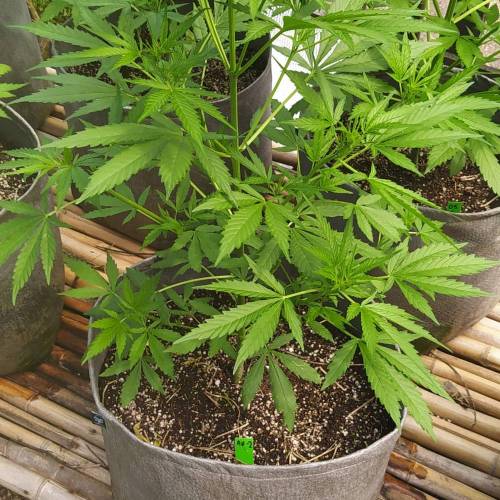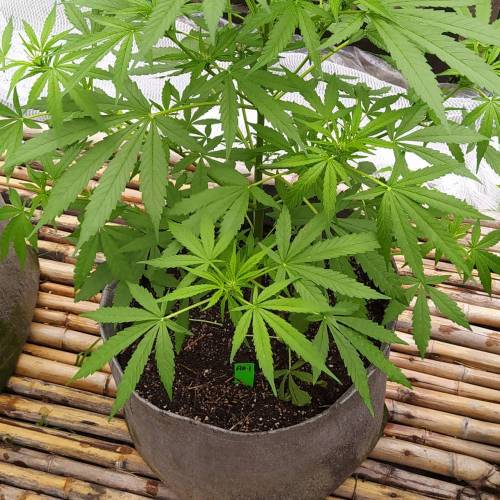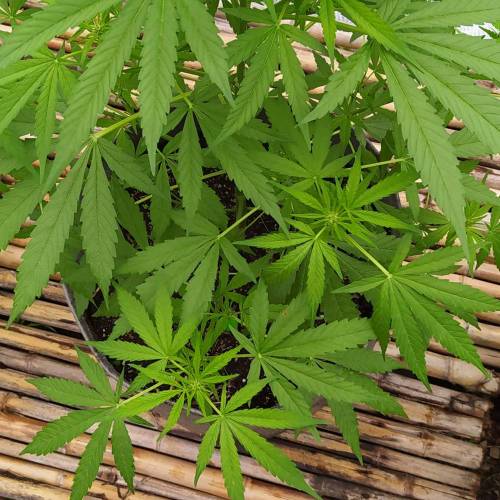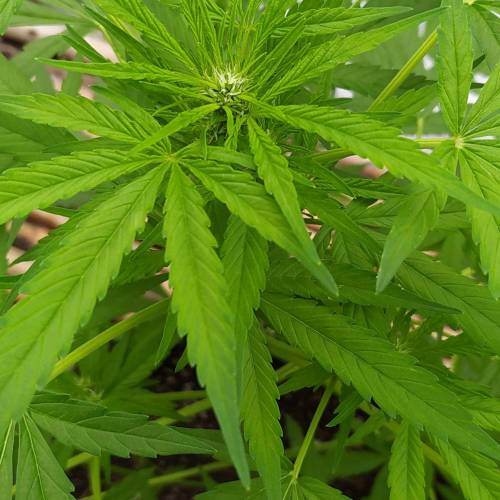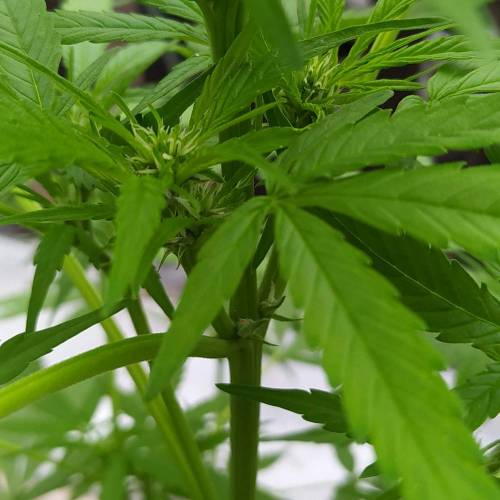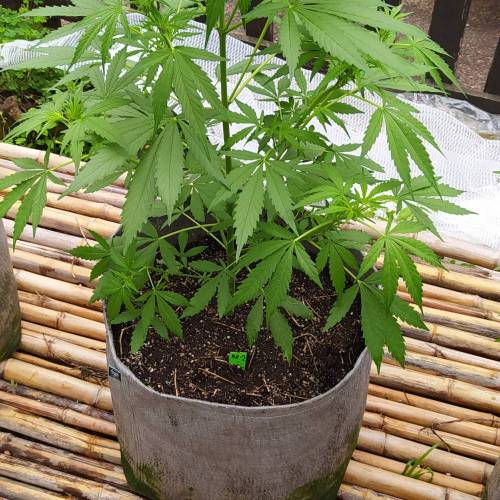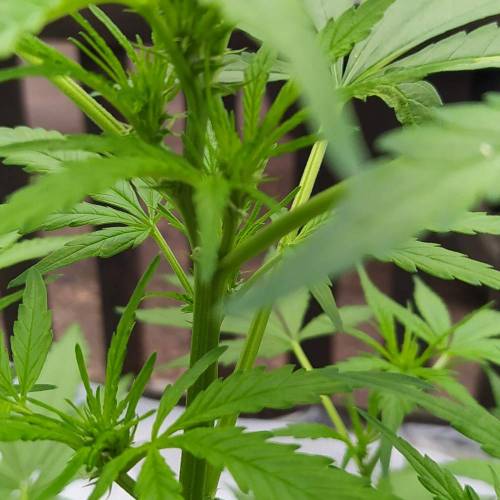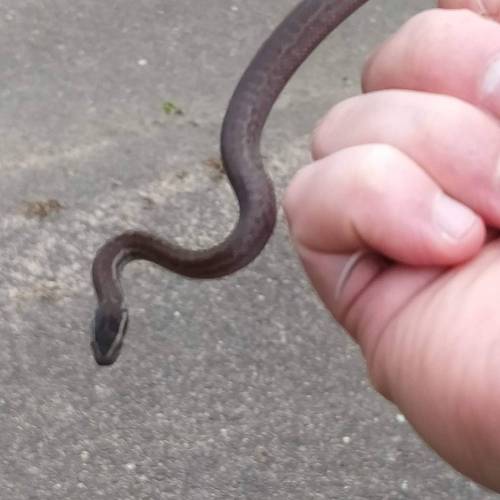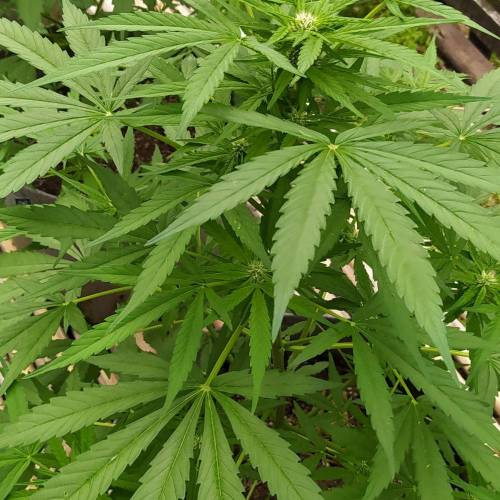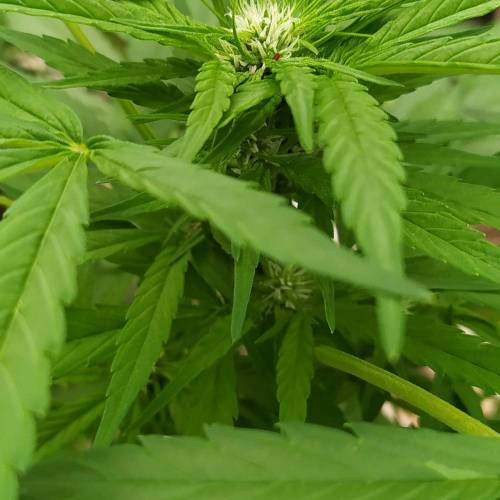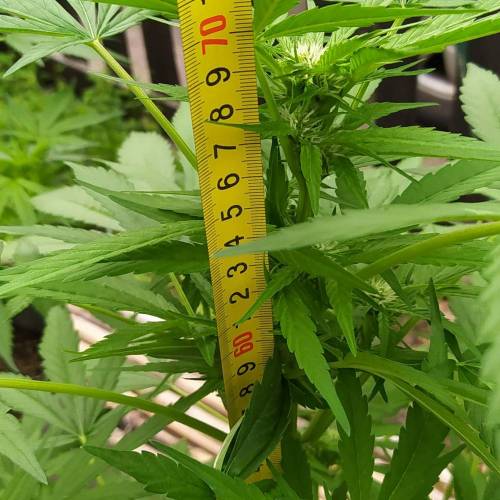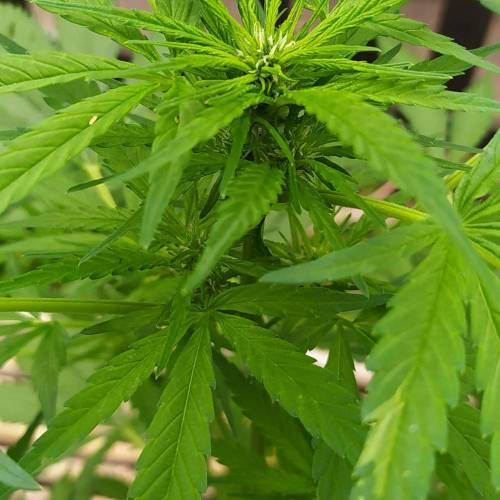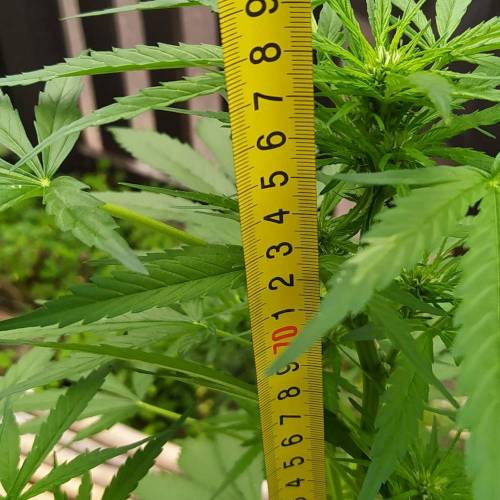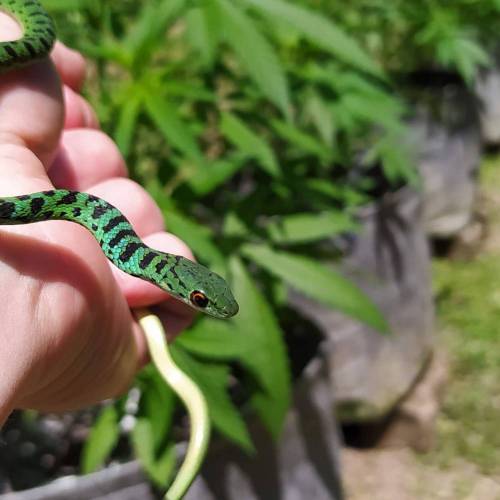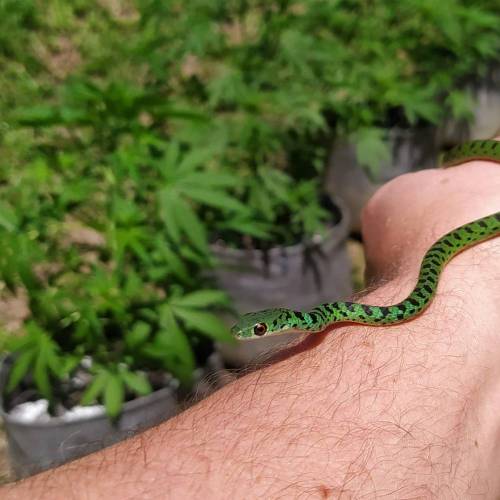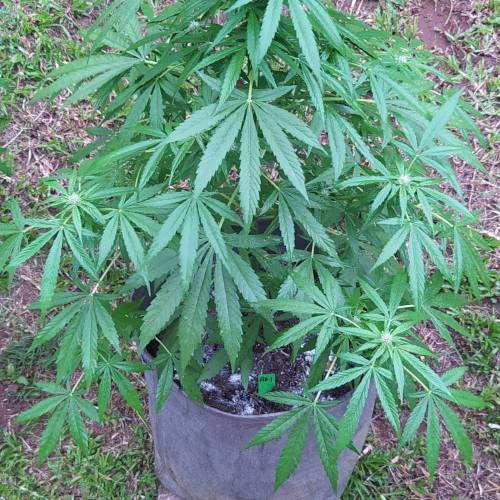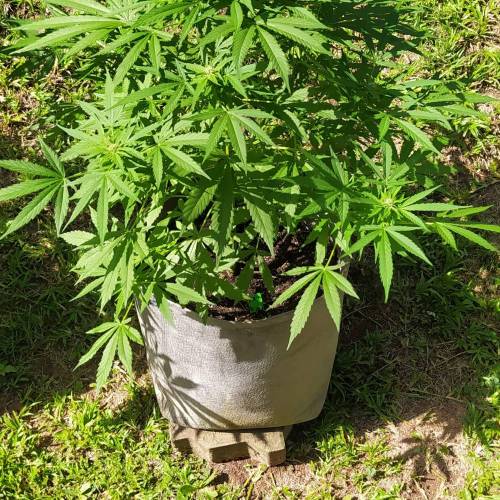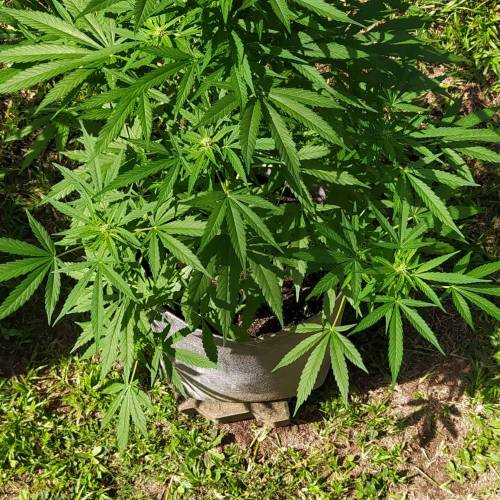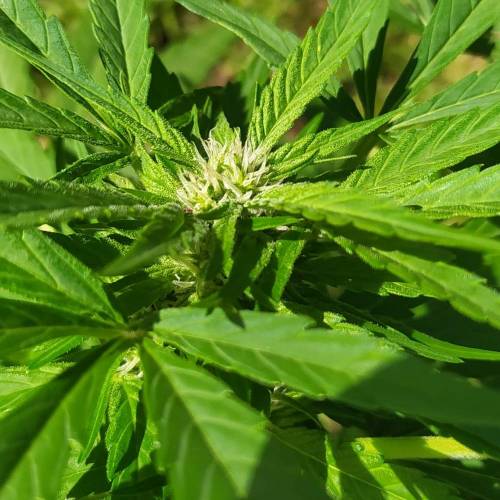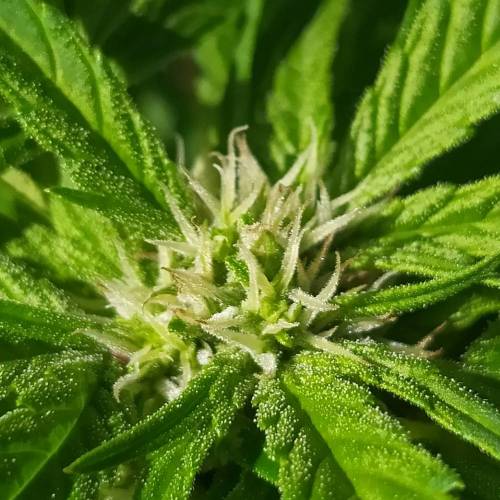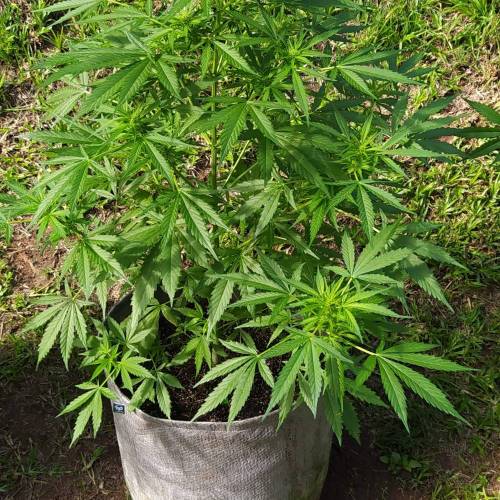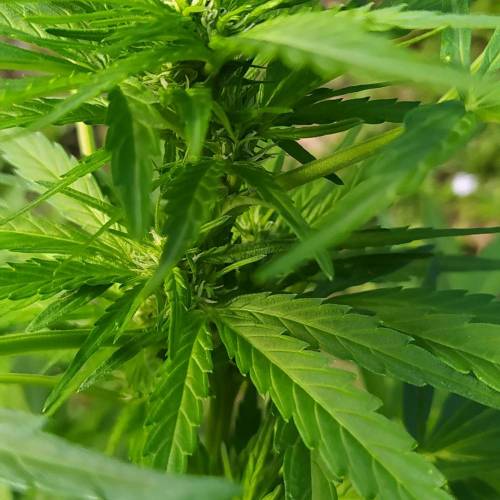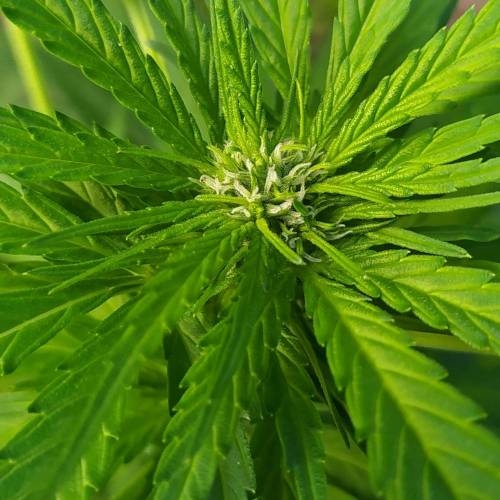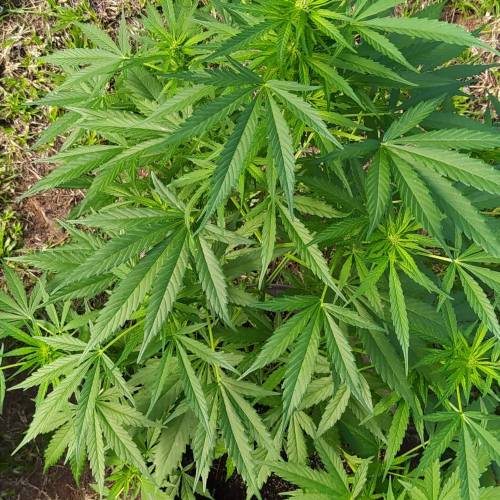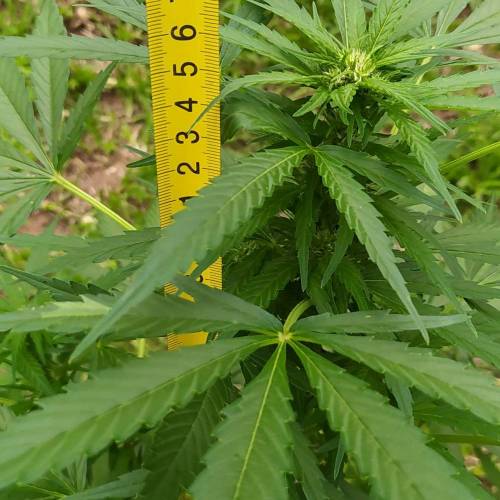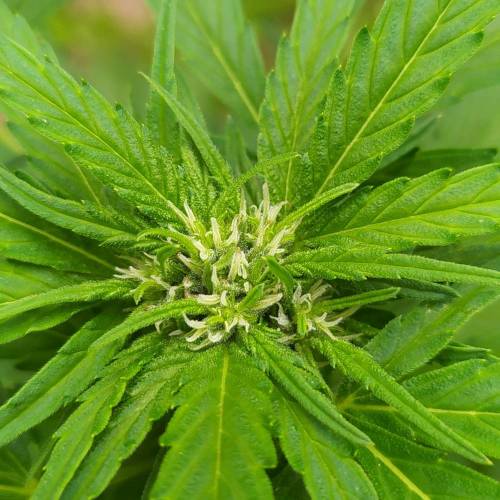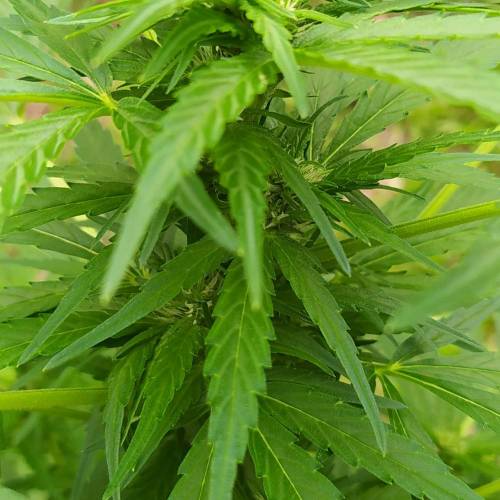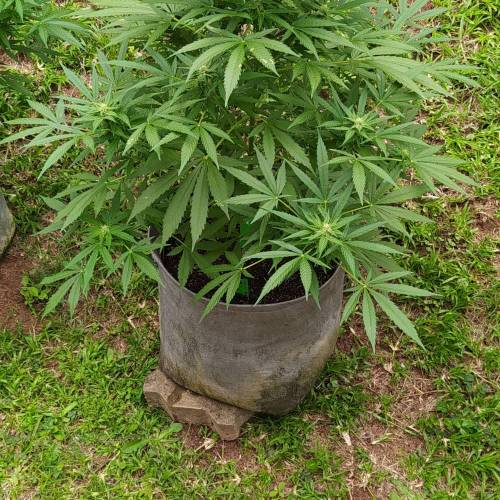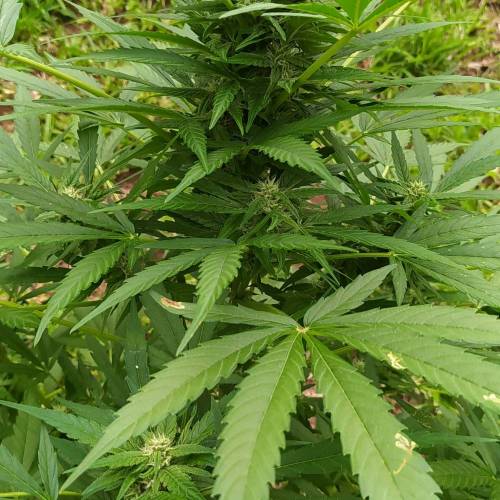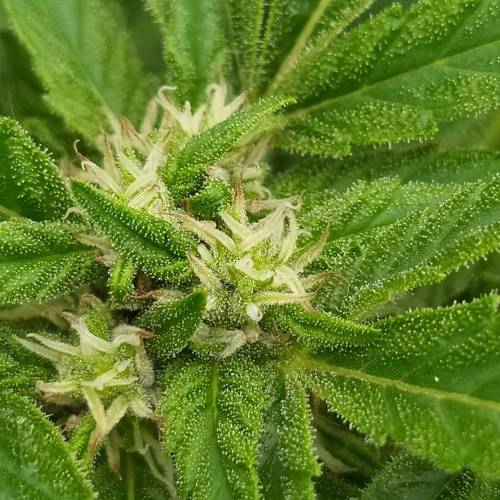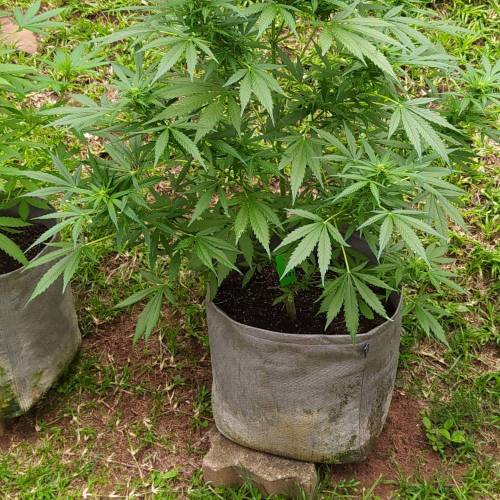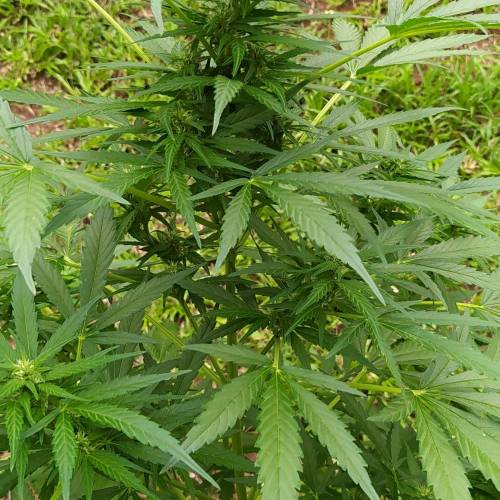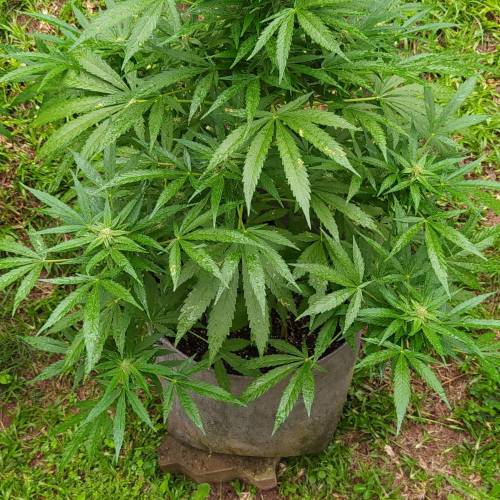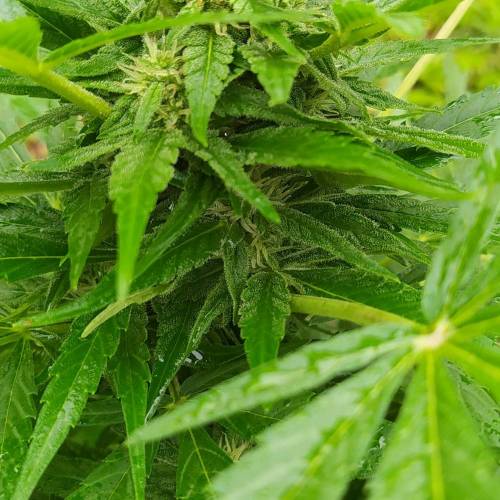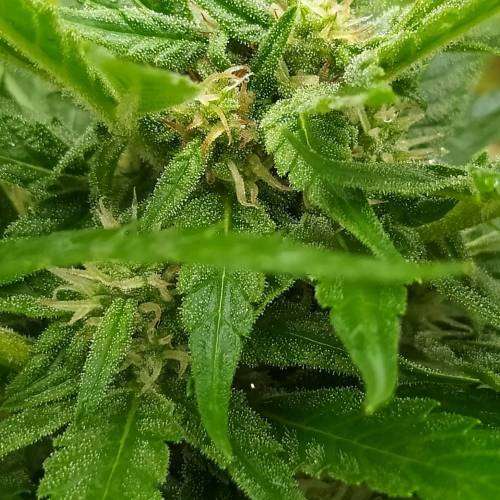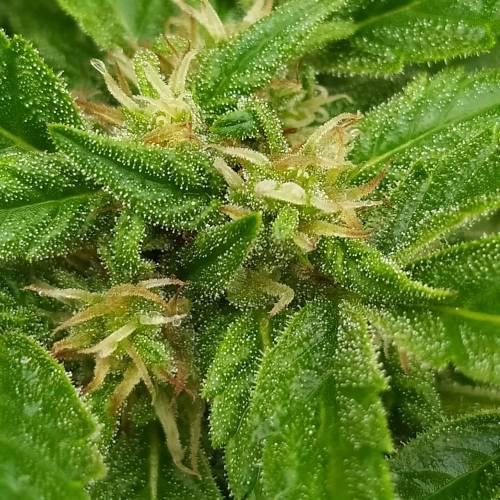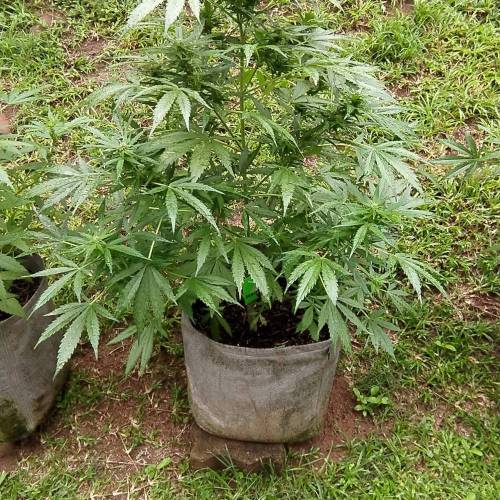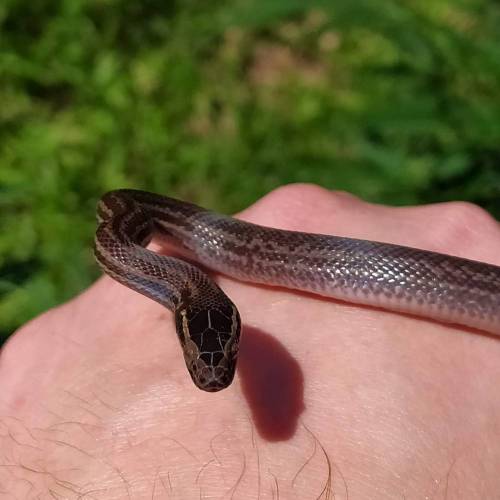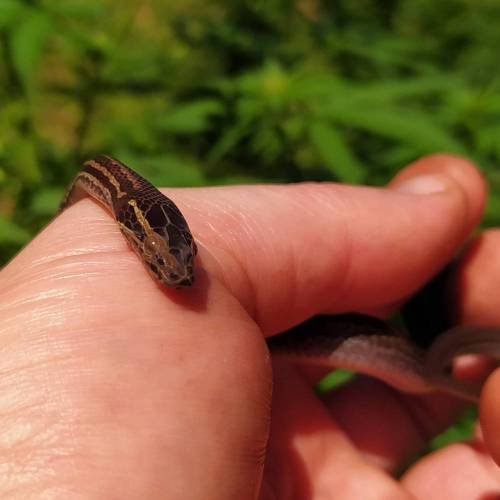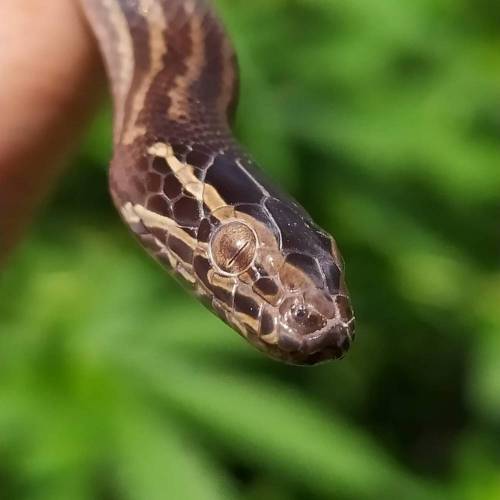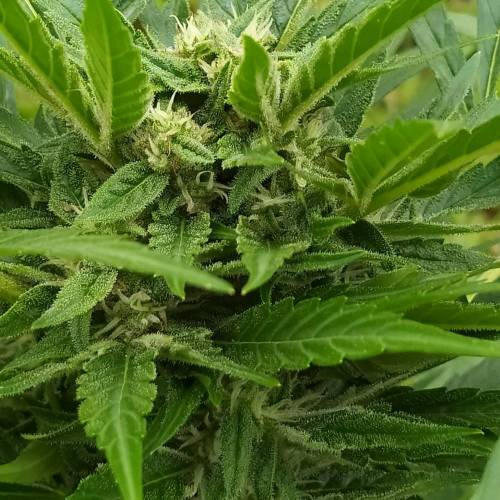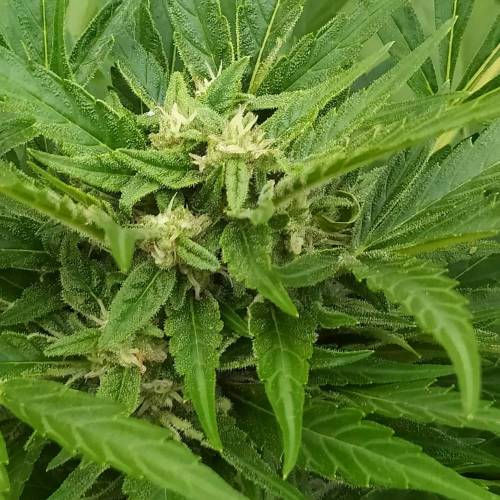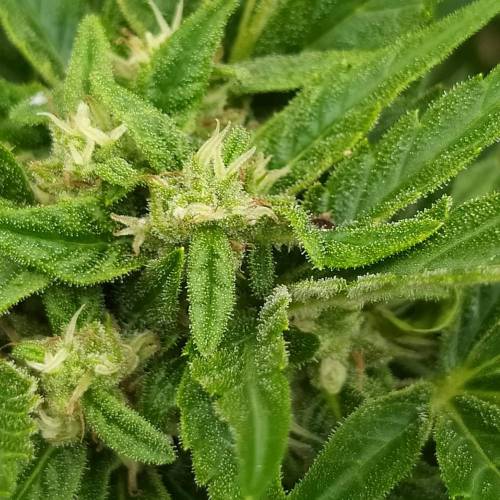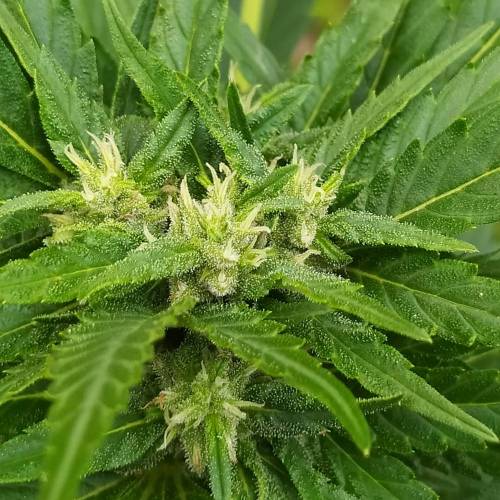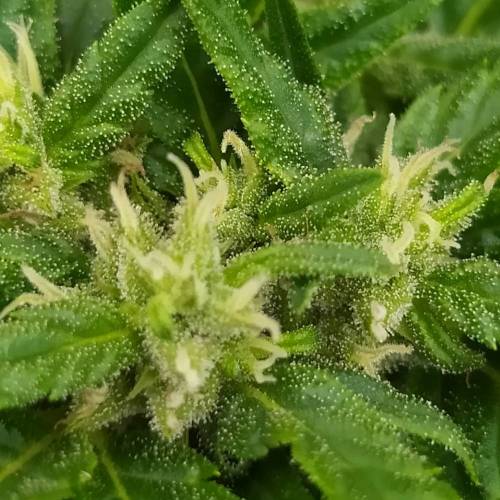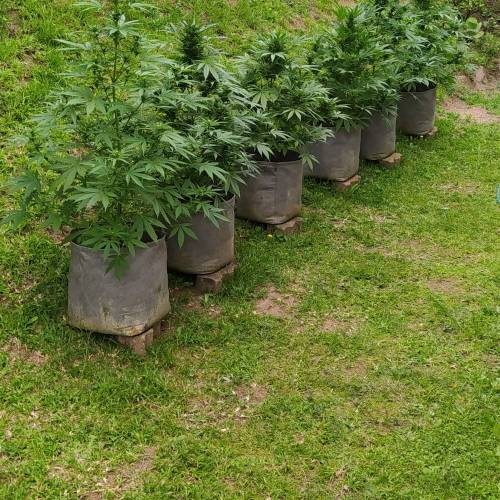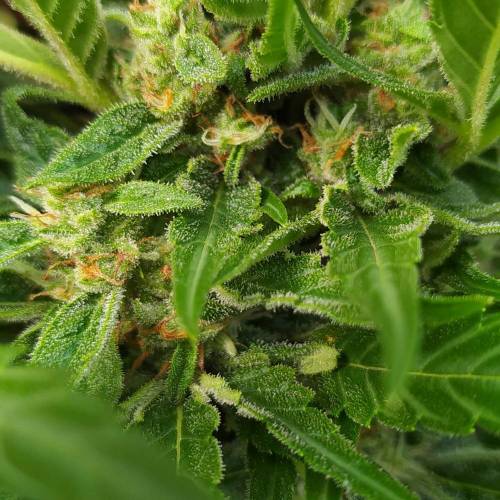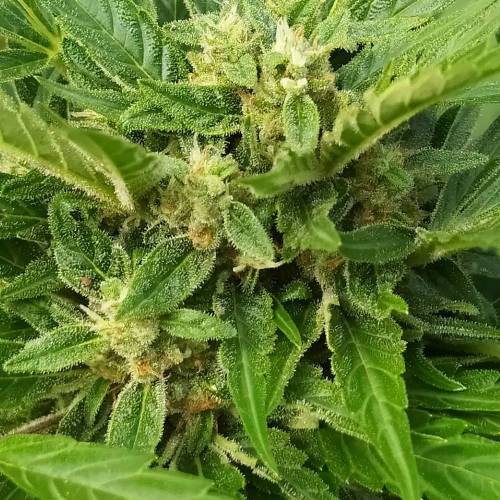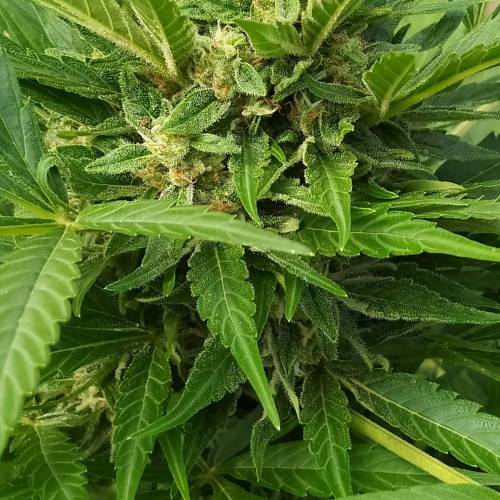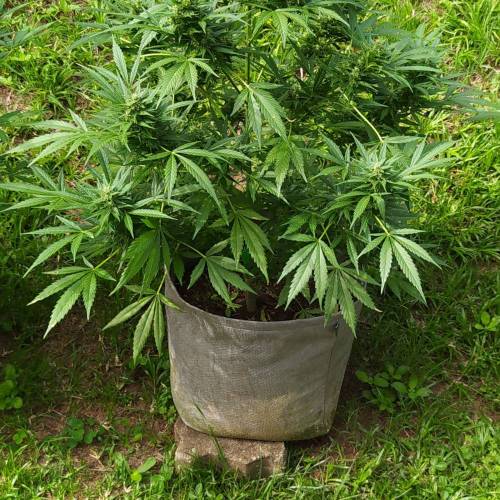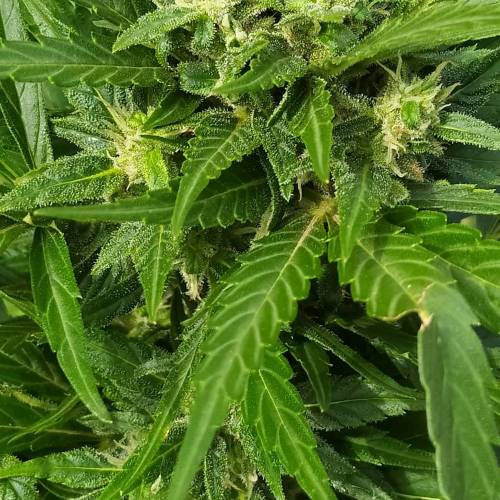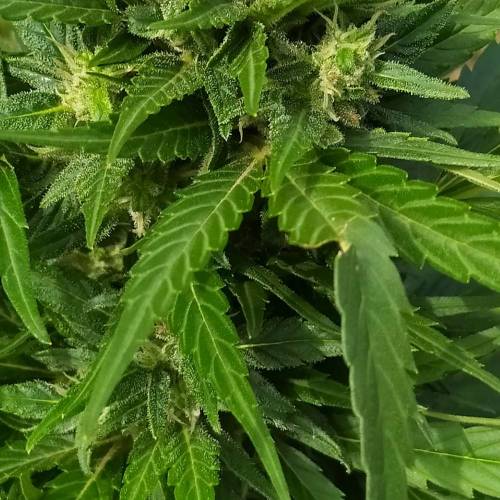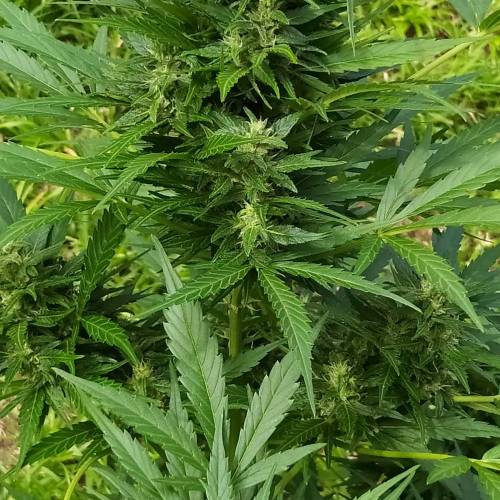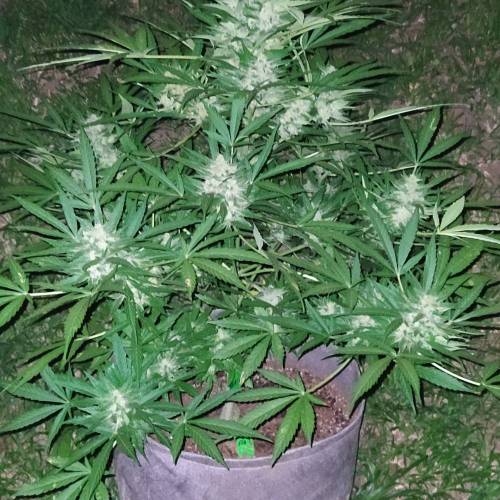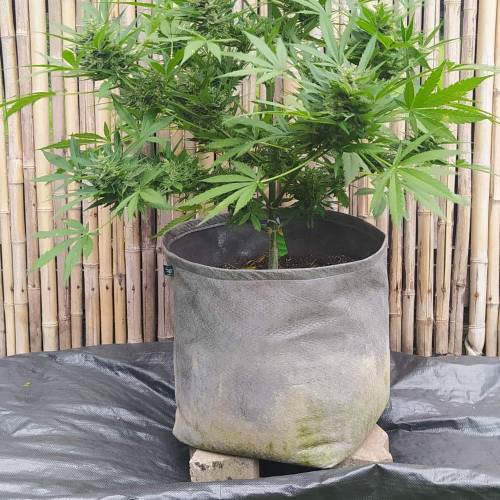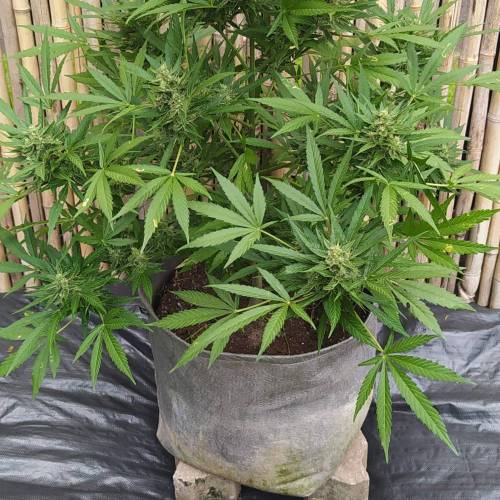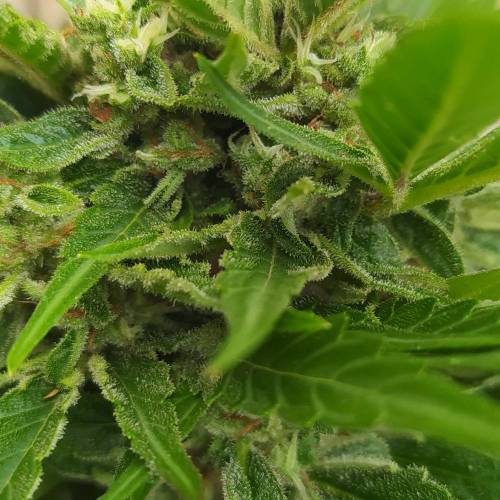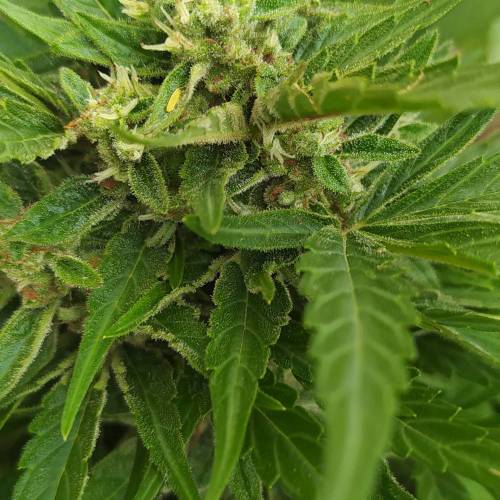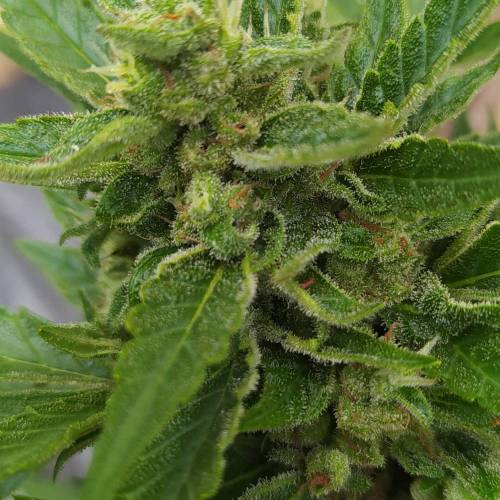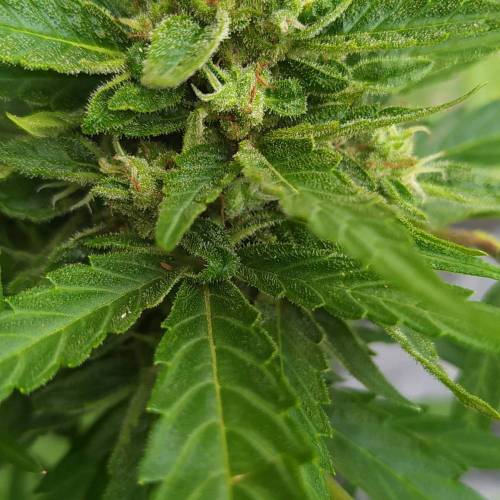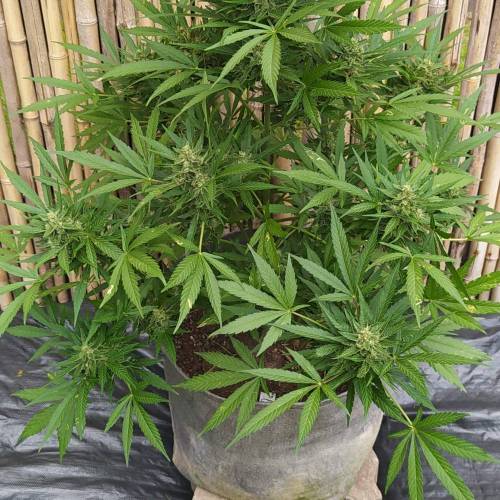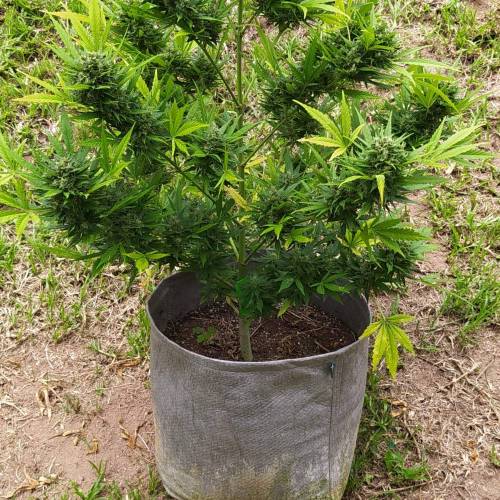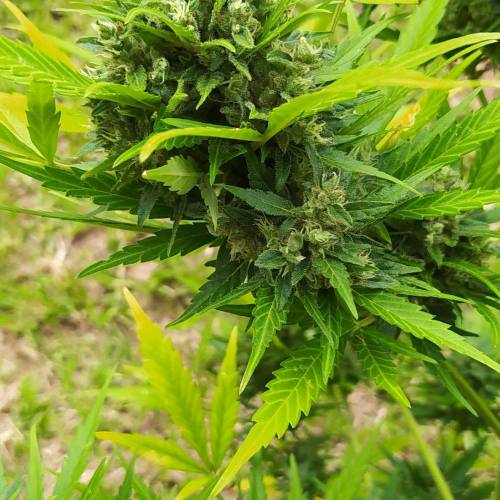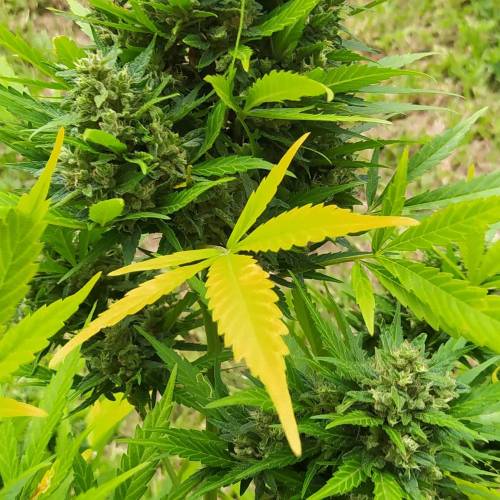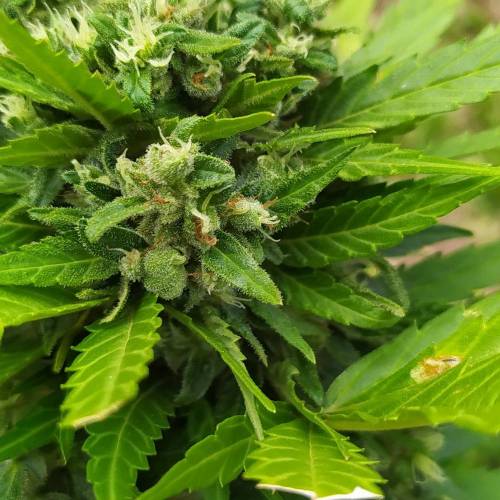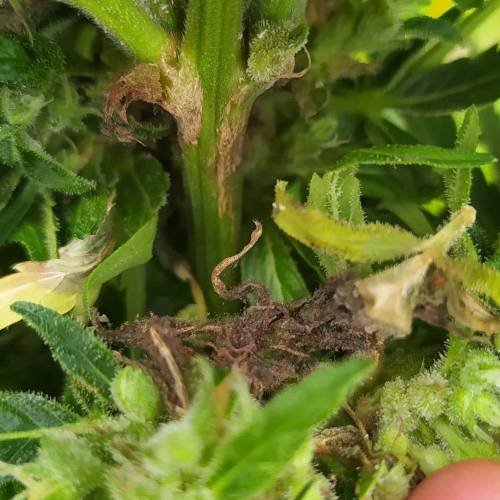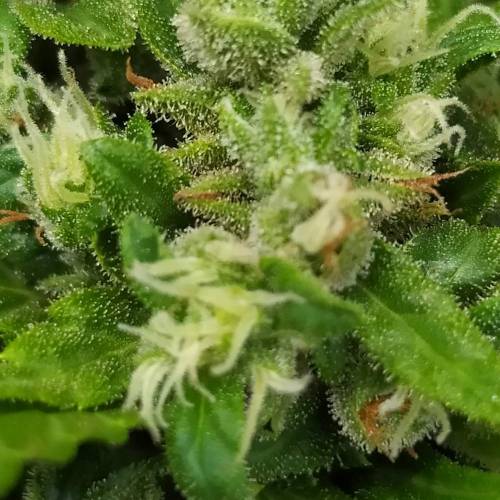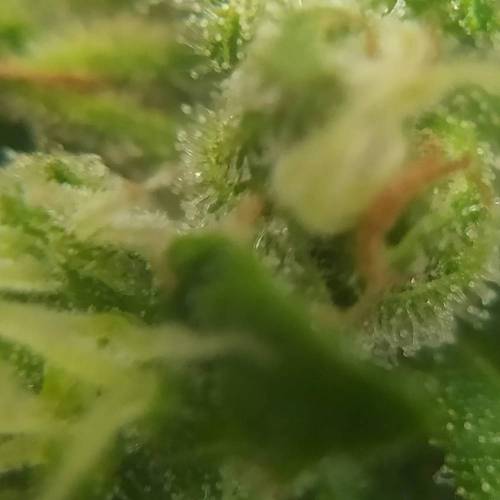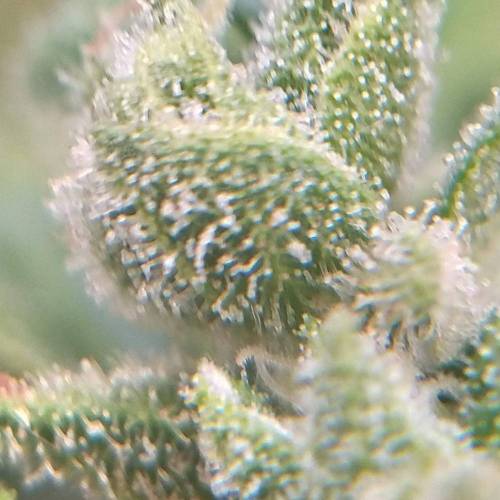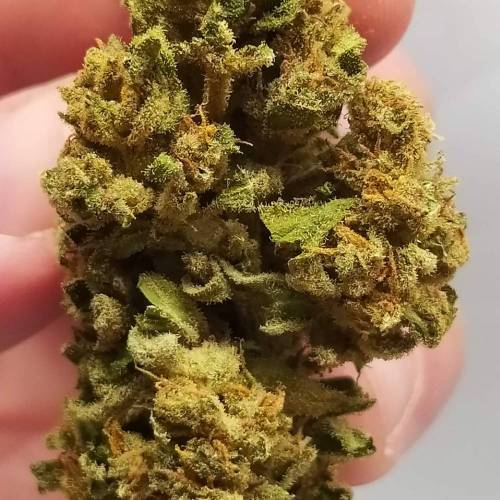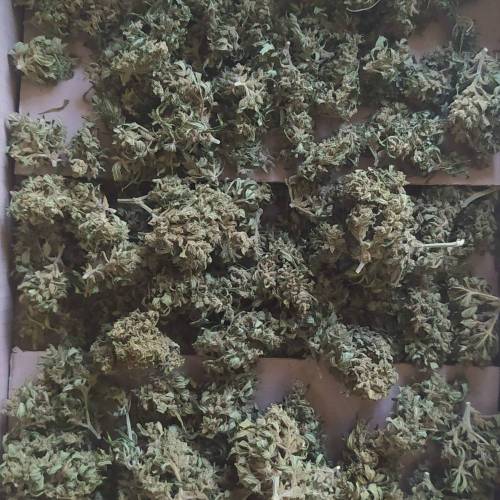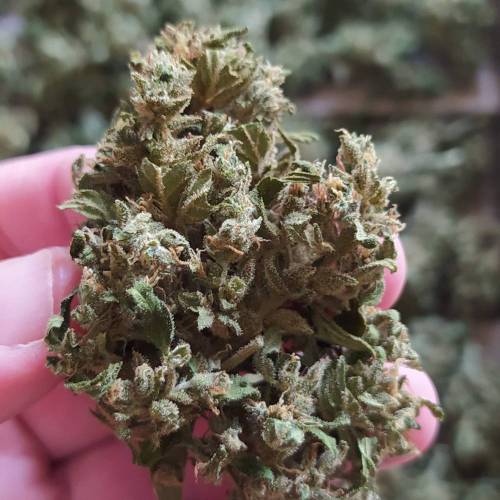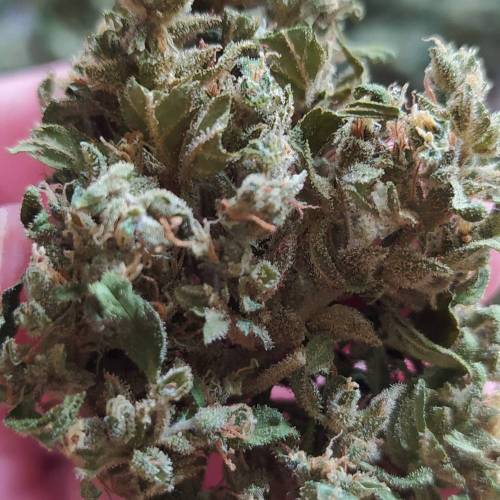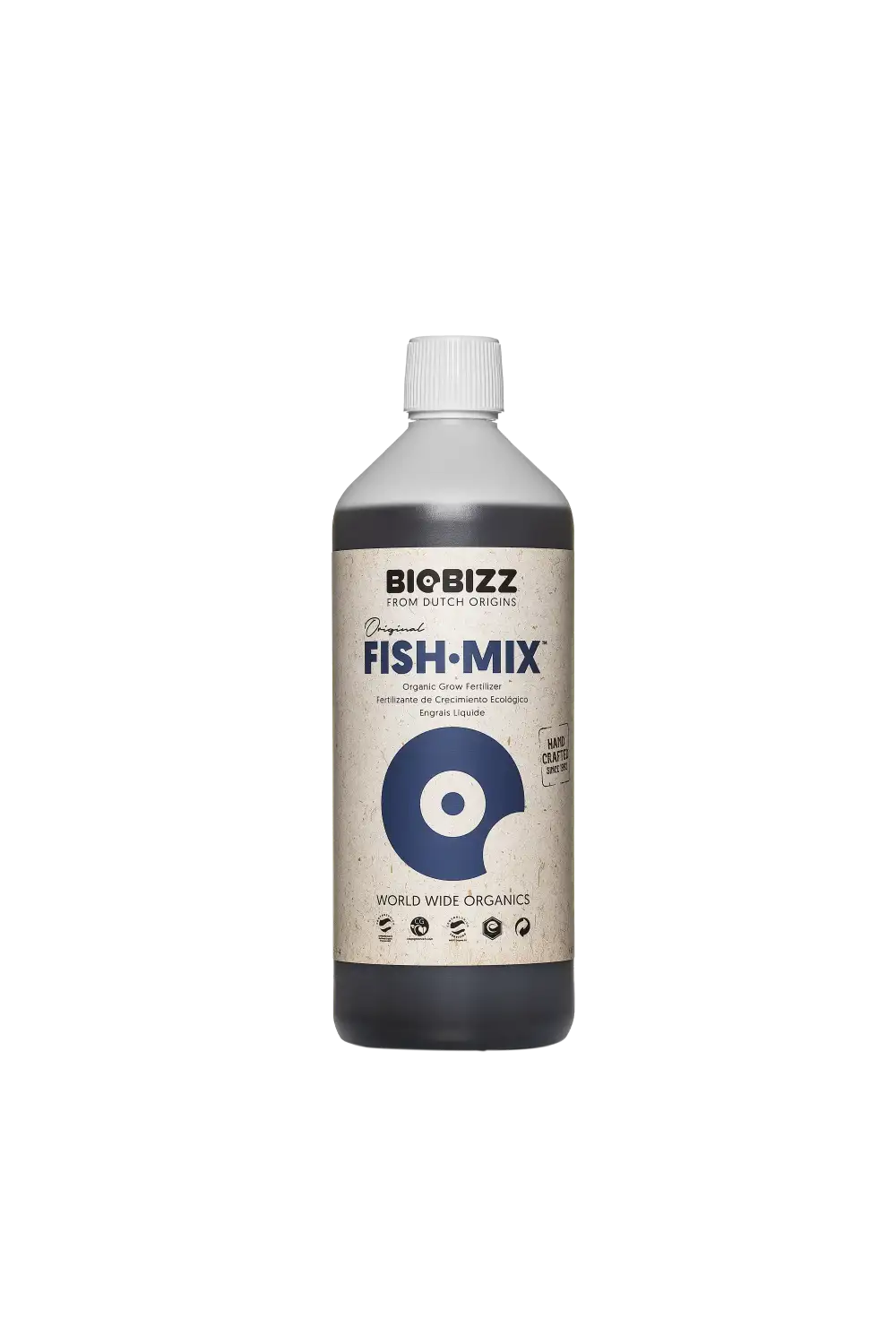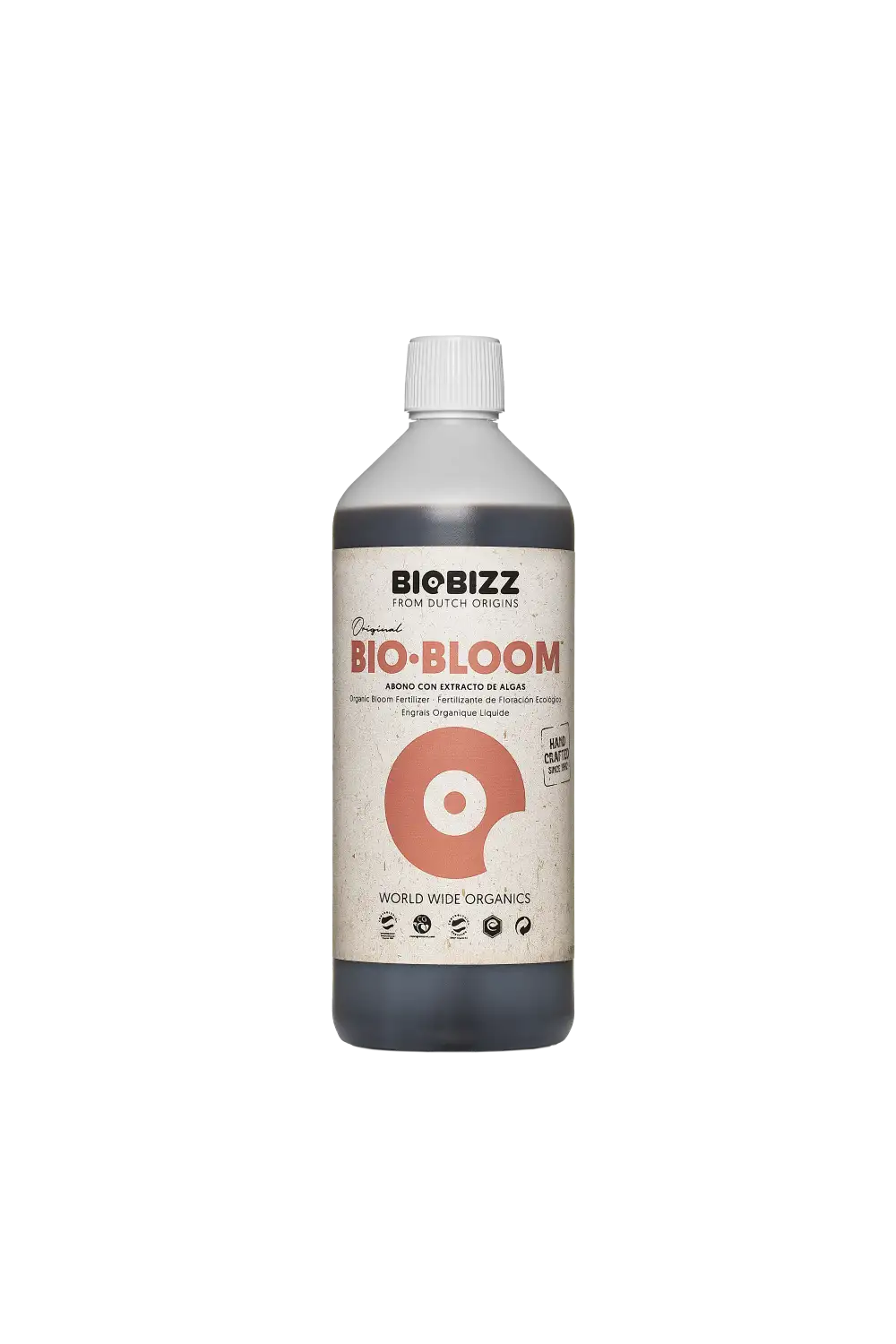The Grow Awards 2026 🏆 


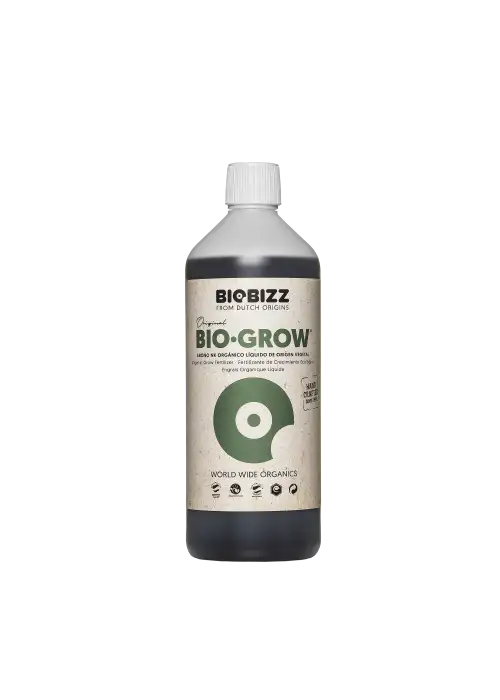









Amnesia Haze Automatic - Organic Outdoor
Soil
Custom
Outdoor
Room Type
40 liters
Pot Size
Start at Harvest
1
Week 1. Vegetation5y ago
24 hrs
Light Schedule
23 °C
Day Air Temp
No Smell
Smell
15 °C
Night Air Temp
40 liters
Pot Size
0.01 liters
Watering Volume
Nutrients 3
Trichoderma
1 mll
Kelpak - Organic Seaweed Concentrate
2 mll

Environoc 401
1 mll
Epokwan Very excited to be trying out Royal Queen Seeds genetics for the first time! Thanks to James at Royal Queen Seeds for organizing these seeds for me - I hope I can do these Amnesia Haze Automatics justice... 🙏
I'm keen for more sativa dominant strains this season, so these really fit in to my theme this run - an old school classic I've never had the pleasure of trying before, so I can't wait 😸
I soaked 2 seeds for 24 hours in dechlorinated water, then transferred to paper towel method and in 24 -36 hours I had tap roots.
After soaking jiffy pellets in water, I squeezed them out and mixed up some trichoderma (beneficial fungus) with some water and soaked the pellets in that before placing the seeds inside. The trichoderma should innoculate the soil and roots against pathogens and hopefully assist in building disease tolerance. This should also help prevent damping off issues with seedlings.
Soil I'll be using is re-used Freedom Farms Organic Classic living soil. I used this soil last year but have nurtured it since then. This week I added some rock phosphate and some Biodyne Environoc 401 Microbes. Before starting the grow, I also added worm castings to the soil.
Spring is here, but there's still some cold snaps now and then that could easily stunt autos, so I'm keeping them inside for now under 24 hour CFL lighting and will harden them off slowly.
Day 1 was 10/10/2020
Catch you next week :)
9 likes
comments
Share
2
Week 2. Vegetation5y ago
13 hrs
Light Schedule
24 °C
Day Air Temp
No Smell
Smell
18 °C
Night Air Temp
40 liters
Pot Size
1.5 liters
Watering Volume
Nutrients 3
Trichoderma
1 mll
Kelpak - Organic Seaweed Concentrate
2 mll
Mycoroot - Mycorrhizal Fungi
20 mll
Epokwan The girls have been doing great this week under CFL's as well as venturing out outside for a few hours each day to harden off. In the previous week I made sure that the medium was well watered with dechlorinated water and microbes, so transplanting should go smoothly.
A lot of people say not to transplant autos, that you should start them in their final pots. While I think there's a lot of merit in this thought, I think this advice is better suited to indoors or at least a greenhouse where the plants can be left without fear of nature getting too involved - but when you are dealing with outdoors and need to bring plants in and out in the first weeks, it's just not an option for me to lug around 40L pots. I have grasshoppers, slugs, monkeys, sudden weather changes to deal with - so I need to start off with small pots first and keep them ultra mobile in case.
When I transplanted, the medium in the prior pots was still a bit moist and roots were starting to emerge in the drain holes of the small square pots. I put 20g of mycorrhizal fungi in each planting hole and afterwards watered with kelp and trichoderma. The plan at this point is to organically innoculate the plants/soil with beneficial fungi and to build a good root system. I'll start mild nutes next week. The mycorrhizal fungi will help make use of the rock phosphate, even though I'm feeding bloom nutes later, having the rock phosphate is like a nice backup reserve of phosphorous if the plants needs extra.
I added a mulch layer of alfalfa hay (lucerne) just on the surface to help keep the soil surface moist, since we get very hot days here. This will also bring some organic material back into the soil over time (but not the primary reason since it will takes ages for the nitrogen to become useful to the plant). I would even go with an inorganic mulch, but alfalfa hay is super cheap and readily available to me. Things to watch with it are mold and other insects it attracts.
Peace fellow growers! ✌️🌱
7 likes
3 comments
Share
3
Week 3. Vegetation5y ago
13 hrs
Light Schedule
26 °C
Day Air Temp
No Smell
Smell
21 °C
Night Air Temp
40 liters
Pot Size
2 liters
Watering Volume
Nutrients 6
Kelpak - Organic Seaweed Concentrate
1 mll
Amino Mix
1 mll
Biodyne Environoc
1 mll
Epokwan This week was a rough one. First, I had a rogue slug that I just could not get rid of on my orange sherbets - but I persisted and hunted him down, finding the bugger camping out under one of the bags. I added some diatomaceous earth to try prevent them coming back. Then my plants went from being ahead of schedule to almost dying completely. An extremely hot day caught me off guard and nearly decimated all of them.
They appeared to handle the heat fine during the day, but after I could see that they were hurt pretty bad. I was worried about them being completely stunted, but after a few days they started to continue veg. I think I lost a week maybe of veg maybe which really sucks with autos, so unfortunately I think this will affect the final size of these girls and their yield. But hey, this is nature after all! I gave a good dose of kelp to try and assist with the healing. Started feeds this week. I'm trying a silicon product for the first time, part of my mission to proactively fight powdery mildew, which I get almost every grow.
According to hydroponics.co.za where I bought it:
"Silicon Plus is a soluble silica liquid, fortified with potassium, enhances plant resistance to a biotic stresses such as drought, heat and cold and biotic stresses such as resistance to pests and diseases. Can help with Penicillium digitatum (green mold), Sclerotinia stem rot, Rust, Fusarium wilt, Powdery mildew, Red spider mite, Root knot nematod"
Helps against heat stress too? I should have read that a week ago! 😭
Peace, fellow growers ✌️🌱
11 likes
3 comments
Share
4
Week 4. Vegetation5y ago
13 hrs
Light Schedule
25 °C
Day Air Temp
No Smell
Smell
19 °C
Night Air Temp
40 liters
Pot Size
3.5 liters
Watering Volume
Nutrients 5
Kelpak - Organic Seaweed Concentrate
1 mll
Amino Mix
1 mll

Bio-Grow
2 mll
Epokwan First signs of pistils on a few of the girls this week at day 26. This feels a bit earlier than normal for outdoor autos, I think the heat stress may have freaked them out a bit. I was hoping to get more veg in before this point, not sure anymore if I'll reach the >1m height I was pushing for. Still stoked that they made it this far and are recovering. I'm convinced that using the Silicon Plus just before the heat hit, helped them handle that and recover better than they would have otherwise. I'll treat plants with that from an earlier age next time.
I've noticed all kinds of mold growing on the alfala mulch. While it could be beneficial (and possibly introduced from the trichoderma), there is a variety of mold types and what is worrying is the black mold. I'm not taking a chance here, so I removed all the mulch and will consider something else for the rest of the grow.
Started mild bloom nutes this week.
Peace ✌️
3 likes
2 comments
Share
5
Week 5. Flowering5y ago
13 hrs
Light Schedule
23 °C
Day Air Temp
No Smell
Smell
19 °C
Night Air Temp
40 liters
Pot Size
3.5 liters
Watering Volume
Nutrients 6
Kelpak - Organic Seaweed Concentrate
1 mll
Amino Mix
1 mll

Bio-Grow
2 mll
Epokwan The girls are bouncing back as they go for the big stretch! Seeing a massive boost in growth in all of the plants. Still not getting quite enough sun, but they are enjoying the rainwater - which is helping me since I'm only watering on nute days for now (once a week).
Peace, fellow growers ✌️
4 likes
comments
Share
6
Week 6. Flowering5y ago
64 cm
Height
13 hrs
Light Schedule
25 °C
Day Air Temp
No Smell
Smell
20 °C
Night Air Temp
40 liters
Pot Size
3.5 liters
Watering Volume
Nutrients 6
Kelpak - Organic Seaweed Concentrate
1 mll
Amino Mix
1 mll
Silicon Plus
0.4 mll
Epokwan No drama this week!
The plants are all doing great and are exploding into flower. They're stretching and bulking and looking like they'll still be a decent size even after losing about a week of veg. It's high snake season here, caught a baby brown house snake (harmless) - sorry about the blurry pic...
Getting too excited to enjoy the harvest :)
8 likes
3 comments
Share
7
Week 7. Flowering5y ago
82 cm
Height
14 hrs
Light Schedule
25 °C
Day Air Temp
Normal
Smell
19 °C
Night Air Temp
40 liters
Pot Size
3.5 liters
Watering Volume
Nutrients 6
Kelpak - Organic Seaweed Concentrate
2 mll
Amino Mix
1 mll

Bio-Grow
2 mll
Epokwan Moved the girls to a sunnier part of the garden this week. The tradeoff is that there's a lot more ants in that area, so I had to give a good dusting of diatomaceous earth on the soil surface.
Seeing some impressive vertical stretch as they reach their final height. Considering I lost a decent chunk of veg time, I'm stoked.
Had another slithery friend visit the garden, this time a variegated bush snake - which is non-venomous and quite common.
Catch you next week :)
6 likes
2 comments
Share
8
Week 8. Flowering5y ago
86 cm
Height
14 hrs
Light Schedule
24 °C
Day Air Temp
Normal
Smell
19 °C
Night Air Temp
40 liters
Pot Size
3.5 liters
Watering Volume
Nutrients 5
Kelpak - Organic Seaweed Concentrate
2 mll
Amino Mix
1 mll

Bio-Grow
3 mll
Epokwan Getting a little more height as I enter week 4 of flowering. Buds are forming nicely, starting to smell great:)
The weather is being a bit miserable. Watching like a hawk for any signs of powdery mildew, but so far so good!
Have a happy week, fellow growers ✌️🌱
3 likes
2 comments
Share
9
Week 9. Flowering5y ago
86 cm
Height
14 hrs
Light Schedule
27 °C
Day Air Temp
Strong
Smell
21 °C
Night Air Temp
40 liters
Pot Size
3.5 liters
Watering Volume
Nutrients 7
Kelpak - Organic Seaweed Concentrate
2 mll
Amino Mix
1 mll
Silicon Plus
0.4 mll
Epokwan The buds are starting to bulk up and so is the smell!
It's been less rain this week but the hot summer days are here and humidity is getting uncomfortable and thick. It's around this time of the year I get nervous about powdery mildew and bud rot.
I've found some buds affected by rot but just cutting and removing the affected parts. But - no powdery mildew at all, which is awesome because I would normally start seeing that. Something I've done seems to have worked, but I'll comment on this at harvest...
Had another snake visit this week, a brown house snake. Harmless - but it did get a few bites into my thumb before chilling out and seeming to enjoy basking in the sun on my warm hand (you never really know what he was thinking though, he is a snake after all).
My daughter wanted to name him "Handsome", but I wanted "Thnake" - so we settled on "Handsome Thnake", before releasing him.
Cheers buddy!🐍
(apologies for sharing a lot of the writeup each week with other diaries of mine, but they have very similar info and it makes these updates a bit easier!)
6 likes
comments
Share
10
Week 10. Flowering5y ago
86 cm
Height
14 hrs
Light Schedule
27 °C
Day Air Temp
Strong
Smell
21 °C
Night Air Temp
40 liters
Pot Size
3.5 liters
Watering Volume
Nutrients 5
Kelpak - Organic Seaweed Concentrate
3 mll
Amino Mix
1 mll

Bio-Grow
3 mll
Epokwan As the buds start to dense up, the risk of mildew and rot become a greater and greater concern. The weather here has been incredibly hot and humid, contrasted with non-stop rain and these plants aren't getting a solid supply of good light when they need it most. When the sun is out, it's well over 30 degrees C, so it's either not enough or too much.
On some of my plants I'm noticing more and more bud sites that are getting destroyed by rot - interestingly, I'm seeing 2 kinds of rot. One seems to be be the standard dark grayish botrytis mold and one is whiter and puffier. On more than one affected bud, I've noticed that inside the whiter mold is a little worm! Sorry, didn't a pic of the little bugger, but definitely something watch out for. I'd like to know what the parent looks like.
On a brighter note, the buds on the Amnesia Haze are looking and smelling good. I may have to harvest these early and they may not get to fulfill their potential 100%, but they will still produce some fine herb! There's some strange foxtailing happening inside the buds, its like there's a lot of leaf to bud ratio, which isn't great. We'll have to wait and see how these come out!
3 likes
3 comments
Share
11
Week 11. Flowering5y ago
86 cm
Height
14 hrs
Light Schedule
27 °C
Day Air Temp
Strong
Smell
22 °C
Night Air Temp
40 liters
Pot Size
3.5 liters
Watering Volume
Nutrients 1
Dechlorinated Water
1000 mll
Epokwan This week was chop week for #1. Bud rot is rife this season, with all the endless rain, heat and humidity. All of my plants have been affected, regardless of breeder or strain. Some more than others, but it's pretty bad this season. Funny, I finally seemed to conquer powdery mildew - which is my normal fight, but this season it's been replaced by (in my opinion worse) botrytis.
I'll push #2 for another week, but it's also having some issues...
Catch you later, folks :)
1 like
comments
Share
12
Week 12. Flowering5y ago
86 cm
Height
14 hrs
Light Schedule
30 °C
Day Air Temp
Strong
Smell
26 °C
Night Air Temp
40 liters
Pot Size
3.5 liters
Watering Volume
Nutrients 1
Dechlorinated Water
1000 mll
Epokwan I wish I could push this plant for longer but I'm going on holiday and I have to choose between harvesting and leaving it alone for a week, but the chance of the bud rot taking over by then is very high.
I'm going to harvest. Rather get some decent bud than nothing, right? This one is a slightly different pheno to the last, and it's doing some weird foxtailing thing. There's a lot of leaf inbetween the buds which is worrying me a bit. Oh well. Nature.
See you at harvest week ;)
1 like
2 comments
Share
12
Week 12. Harvest5y ago
Happy Harvest Day!

8/10
Rated
I'm so stoked I've finally been able to try out amnesia. It's been on my bucket list for quite some time and to grow it myself is even better. It's a delicious sativa dominant strain and is one of my favourites to date. It wasn't an easy grow for me, my conditions were not great outdoors this season (rain, humidity, extreme heat) and they didn't get as much light as I think they need to get dense and thick. One of my phenotypes came out great, the other had foxtailing and high leaf to bud ratio, but even that will make some nice extracts. I think this strain is better suited to indoors or places where daylight hours are very long. Overall a wonderful strain!
Show more
Translate
Spent 85 days
Ger Veg Flo Har
76 g
Bud dry weight per plant
2
Plants
Hard
Difficulty

Creative, Energetic, Talkative
Positive effects

Dry eyes, Dry mouth
Negative effects

Citrus, Earthy, Pine
Taste
Height
Day air temperature
Light schedule
Night air temperature
Pot size
Epokwan This grow was challenging because of the looming risk of botrytis, thanks to non-stop rain, high humidity and extremely hot days when the sun decided to come out. I ended up with one great plant for smoking and one larfy/leafy foxtailed plant that will be used for extracts. A wonderful sativa dominant strain that I will grow again for sure, and hopefully get to try indoors sometime. I feel this strain will perform incredibly well in more ideal conditions.
I received these seeds as part of Royal Queen Seeds testing program. Thank you guys! First time growing your genetics, first time ever trying out some amnesia haze. Much appreciated!
9 likes
6 comments
Share
Equipment Reviews

the end.
Enjoying this diary? Follow for more updates!
Prefer the old Diary view?
Go back to the old Diary view









